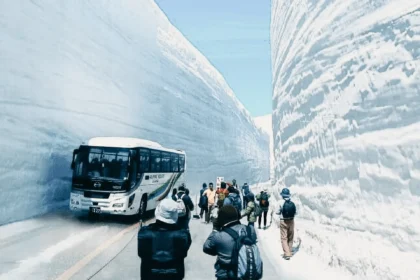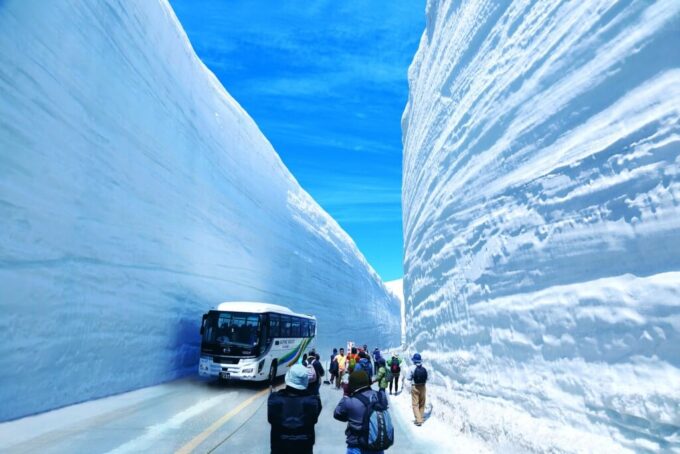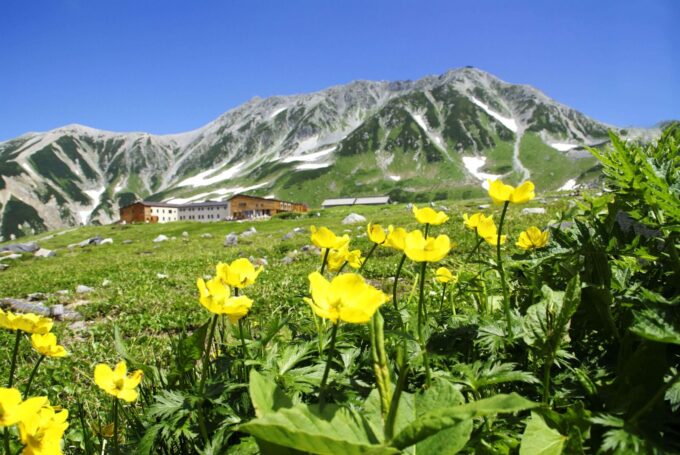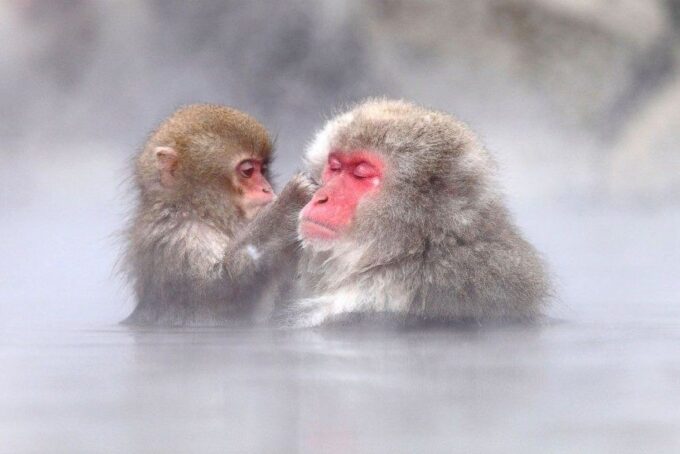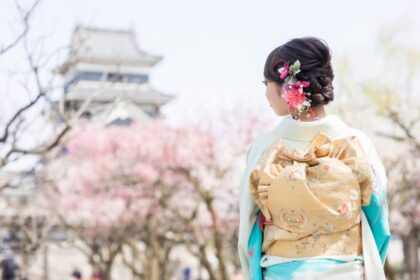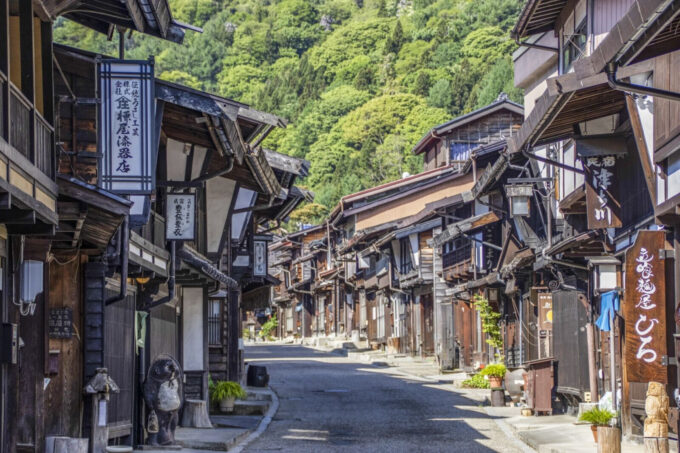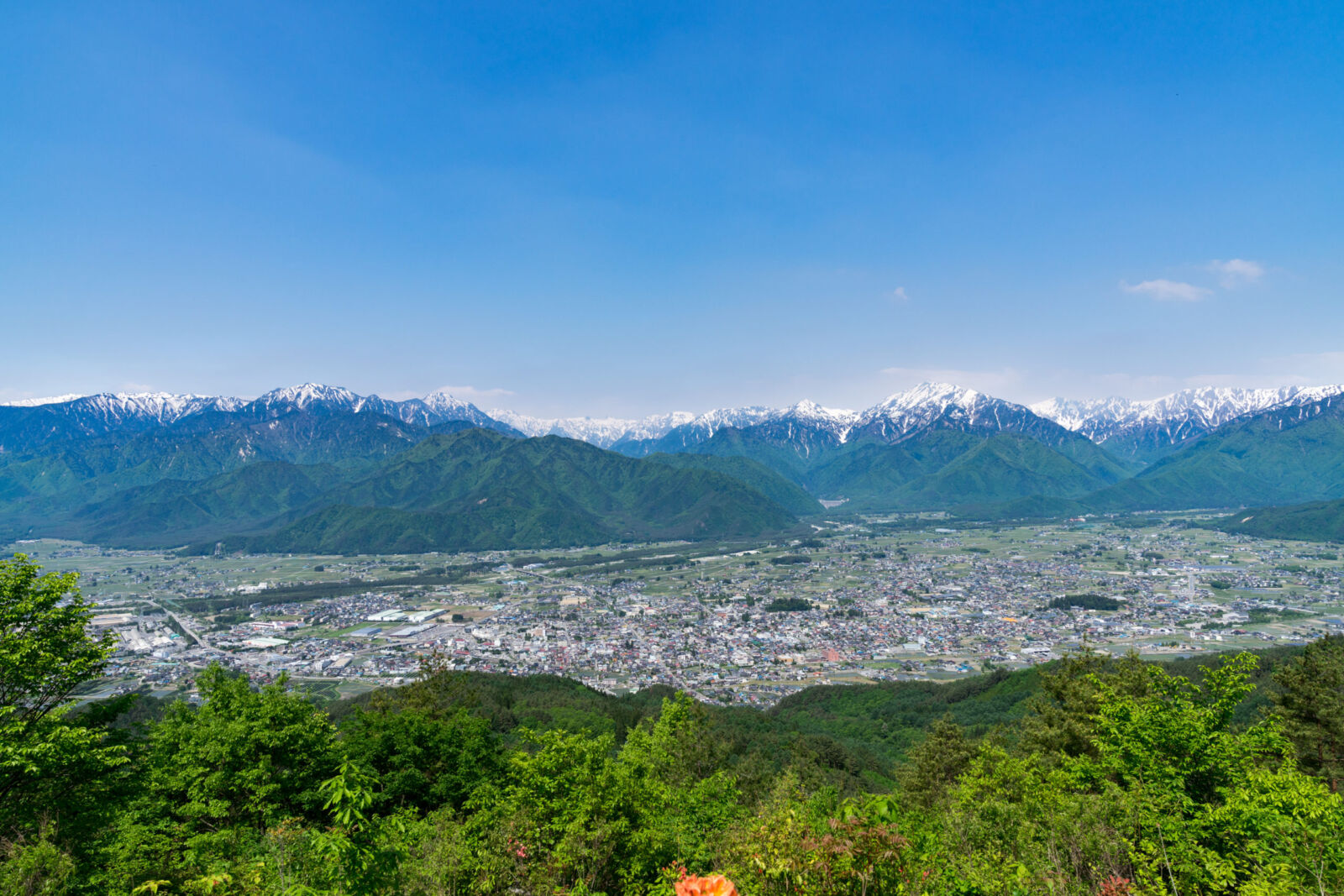
Situated in the Northern Japan Alps around 45 minutes away from Nagano and Matsumoto City, Omachi offers a variety of activities for nature enthusiasts, culture seekers, and adventure lovers. Known for its stunning natural landscapes, including the majestic Tateyama Kurobe Alpine Route and several designated National and Prefectural Parks. Due to the large natural water reservoirs from underground sources and snowmelt, much of Omachi's industry is driven by this, thus giving them the title of the "city of water" The relaxing activities and exhilarating watersports of the three Nishina Lakes are complemented by the cultural offerings including celebrated art festivals and cultural festivals that feature horseback archery. Omachi is an ideal destination for those looking to escape the hustle and bustle of city life, learn about the local culture, and experience actual Japan away from the metropolises of the typical Japanese vacation. On this page you will find the following information:
-- Best Things to Do Around Omachi
-- Best Places to Stay When Visiting Omachi
The area of present-day Omachi was part of the ancient Shinano Province before the current prefectural system was established, and was the property and holdings of the Matsumoto Domain during the Edo period. Although the modern town of Omachi was established in 1889 with the establishment of the new system, its roots go back much, much farther and can be appreciated by all who wish to travel to this lovely townscape.
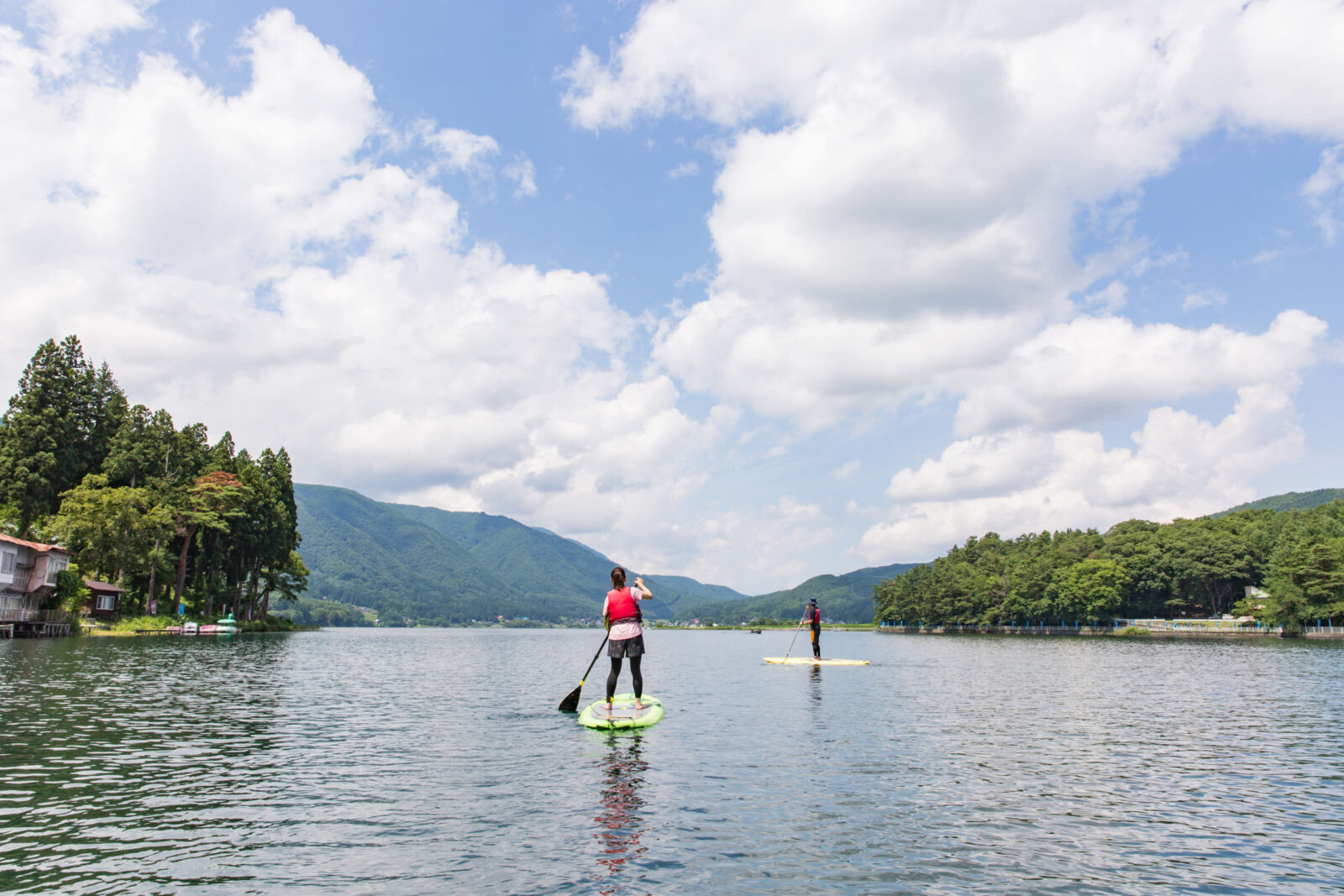

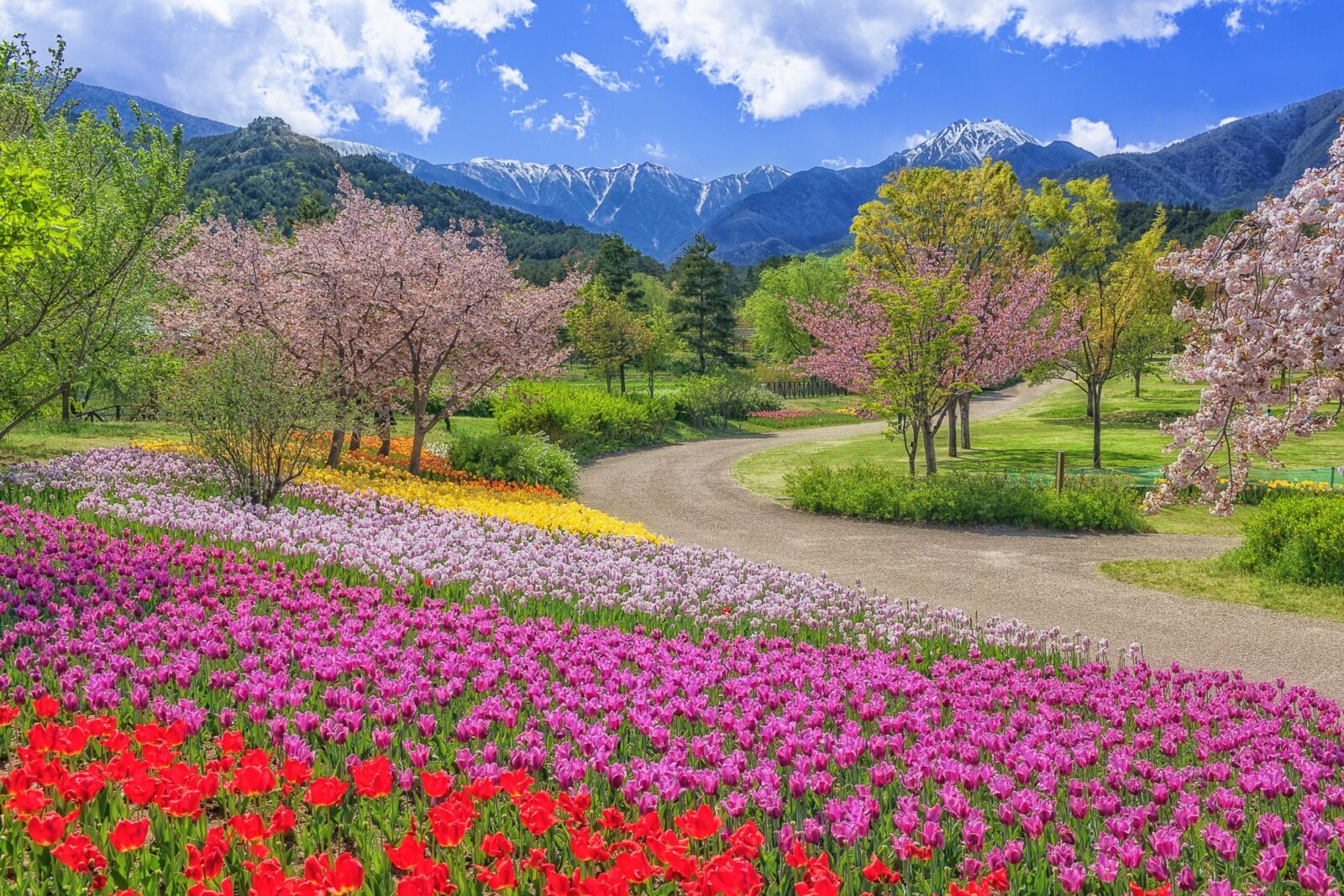
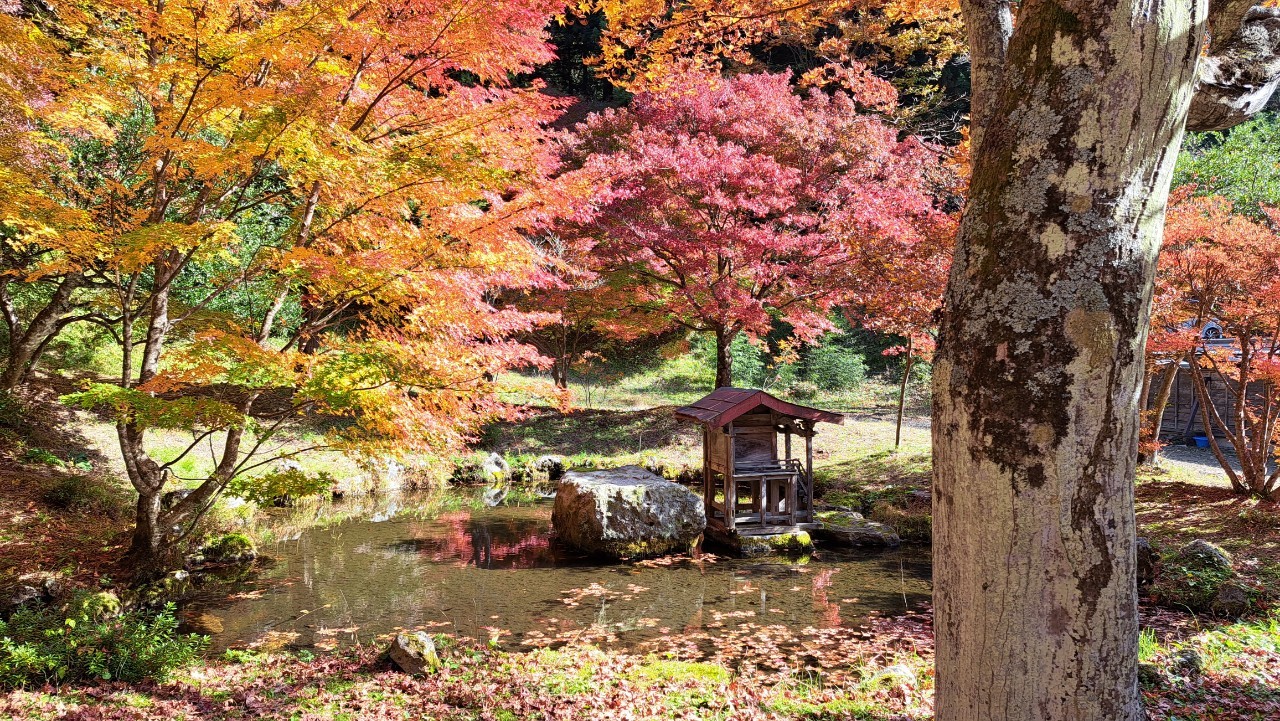
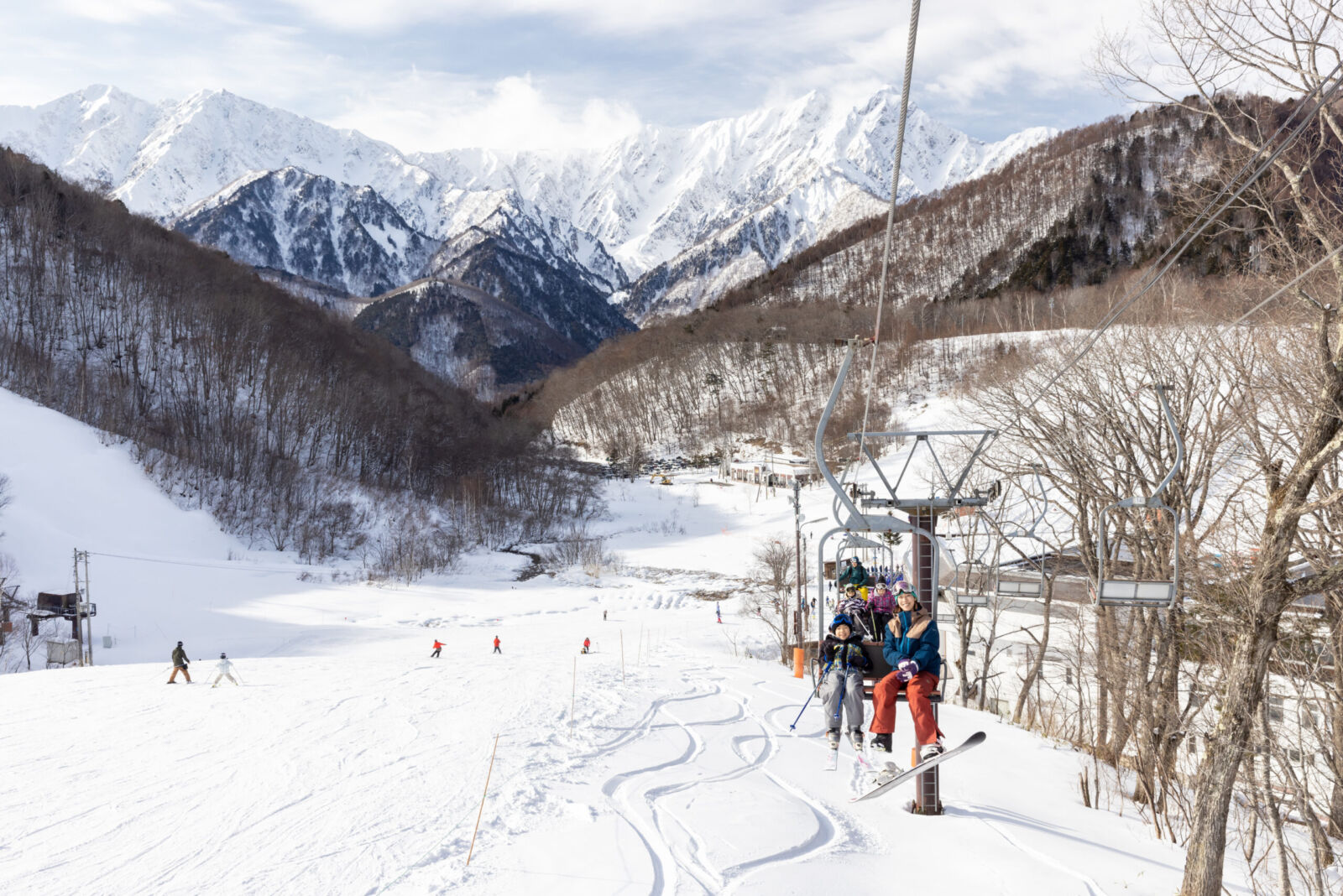
You can visit Omachi in at any time of year and have a plentiful options with its varied seasonal activities. Autumn is an especially good time of year to visit for hikers, when the forest, valleys, and parks offer many scenic vistas to appreciate the fall colors with a mountain backdrop. The city itself offers hands-on experiences as well in the form of "washi" paper making, miso cooking classes, as well as many craft breweries to sample various types of local beverages - all of which require some of the purest water available in Japan, which is abundant in this area evident of Omachi's self-proclaimed title.
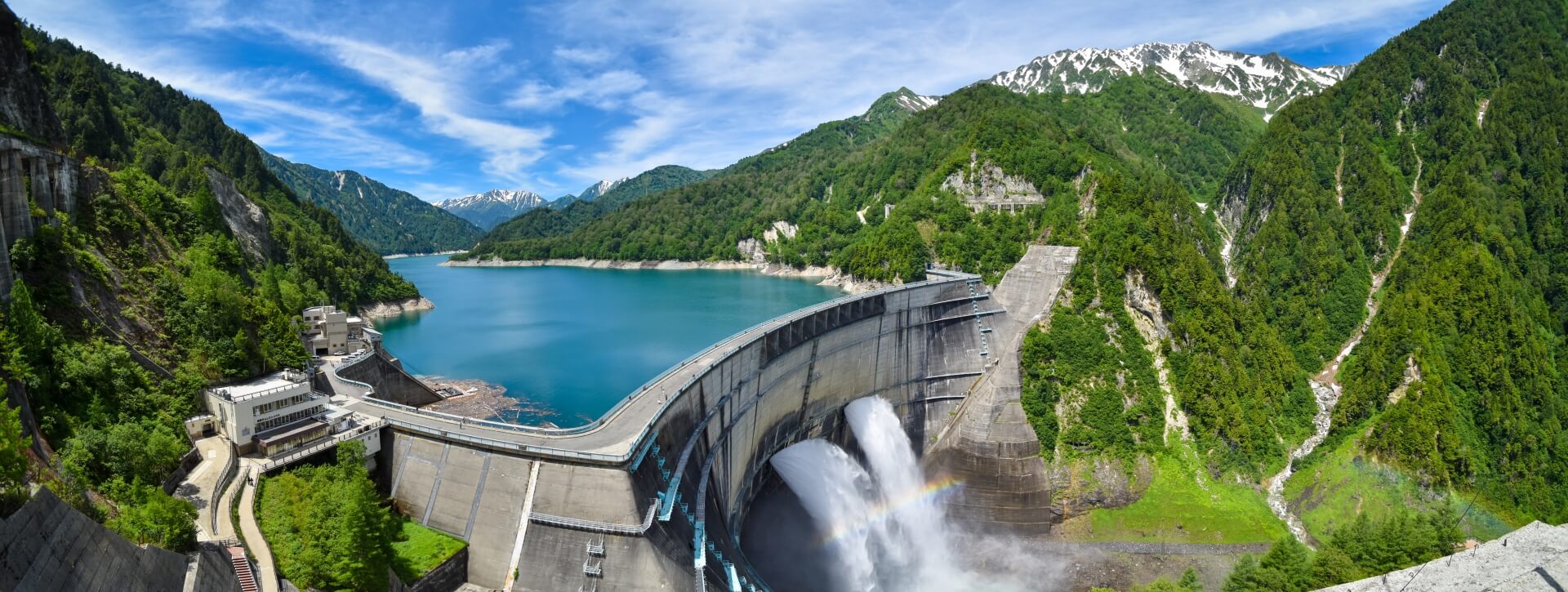
Lying on the eastern boundary of Chubu Sangaku National Park, Omachi is an ideal point from where to explore Japan's third largest national park through the Tateyama Kurobe Alpine Route and Takase Valley, and on the way back to the town after the daily sightseeing soak in the spacious "onsens" (hot springs) of the Omachi Onsenkyo. You could also head northward to Hakuba to enjoy the watersports and tranquil nights in summer, succeeded by a wonderful ski season in winter, or head south to the calming farms of many types in Azumino. All of these options are more are discussed below but let's get started with the most obvious question...
WHERE IS OMACHI?
Omachi is located around 45KM / 1-hour to the southwest of Nagano City and around 275 KM / 3.5 to 4 hour drive to the north-west of Tokyo. As there are not many train lines that access Omachi (other than the Oito Line from which it can be accessed from Matsumoto City) Shinano-Omachi Station is most easily reached using the bus from Nagano Station (we will talk about the various options and timings later in the article) after arriving from Tokyo via the Hokuriku Shinkansen – taking around 1.5 hours and 70 minutes for the shinkansen train and bus rides respectively if starting from Toyko. After stopping at Shinano-Omachi Station, many of these buses continue onto the Omachi Onsenkyo and Ogizawa Station to allow for easy access to the Tateyama Kurobe Alpine Route located in Chubu Sangaku National Park. Both the main town and Onsenkyo boast some excellent hotels and guesthouses, restaurants and cafes, museums and galleries. Omachi sits at around 700 meters above sea level, which gives it a cooler and lighter atmosphere as it is blessed by the cold air descending from the nearby Northern Japan Alps, offering an escape from the heat and humidity of summer.
BEST THINGS TO DO AROUND OMACHI
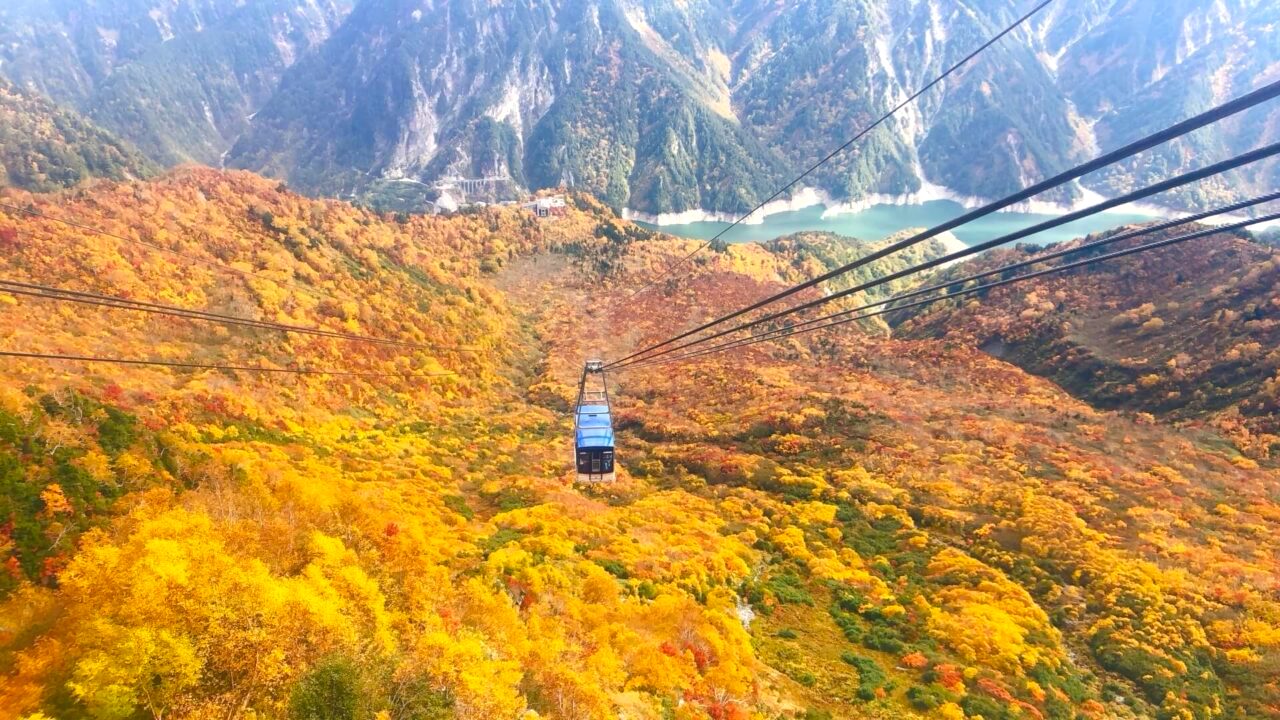
Omachi is located conveniently to many highly sought after sightseeing destinations, which offers lots of reasons to visit this quaint little town. For those who wish to enjoy the outdoors and become familiar with life and culture in the Japanese countryside, there are many hands-on opportunities and experiences awaiting you in Omachi in the list below! Sitting right on the doorstep of the Tateyama Kurobe Alpine Route which offers its majestic snow walls in spring, along with excellent hiking at Mt. Tate in other months, visitors flock in drove to the Omachi area yearly, so be sure to know what Omachi can offer you on your trip that might have been unknown before. Here are our suggestions of the best things on offer in Omachi:
1 / TATEYAMA KUROBE ALPINE ROUTE / mid-April - November
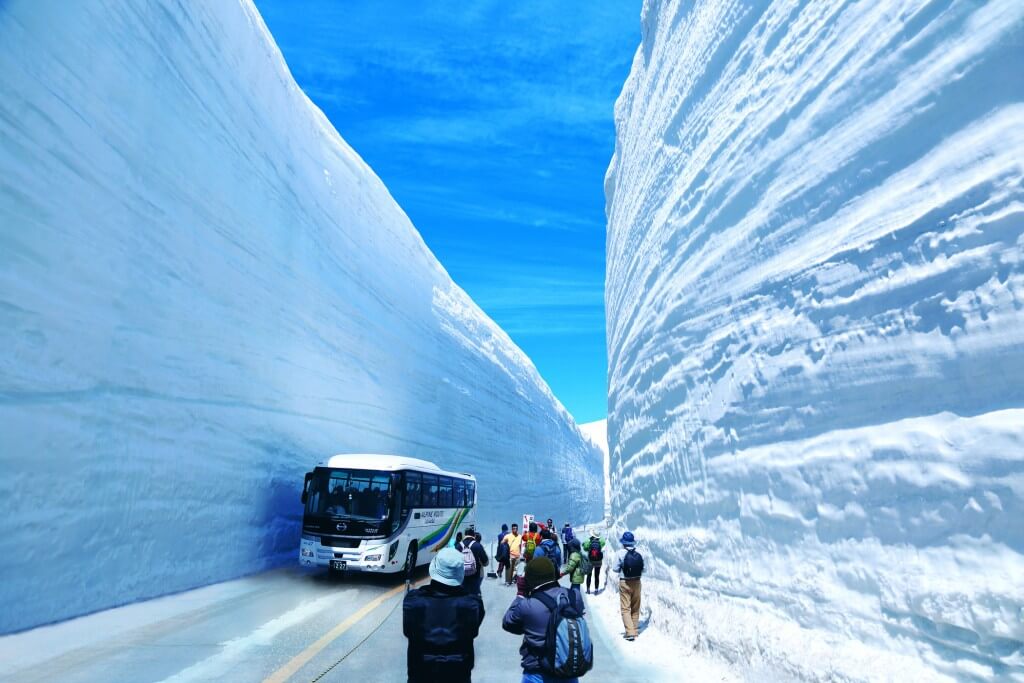
The Tateyama-Kurobe Alpine Route, which provides a beautiful mountain throughway between Nagano and Toyama Prefectures, offers an unparalleled mountain experience with different natural features varying with the season. The route takes approximately 6 hours including time to stop and enjoy all of its stunning sights. Open from mid-April to mid-November, the Alpine Route is most famous for its immense snow walls which, at their peak, ascend 20 meters above the road below, as well as the Kurobe Dam which is a marvel of 1900s Japanese engineering.
Popular
[Spring Only] 1-Day Tour from Nagano: Snow Walls of Tateyama-Kurobe Alpine Route
- Spots:
- Pick-up:
- Drop-off:
The snow walls are at their best from the opening day in April until mid-June, after which the snow melts to reveal the rugged landscape and allow for outstanding hiking through summer and autumn, climaxing with stunning autumn colours in October until the route closes again in November. Visitors can start from the Nagano-side via Ogizawa Station (or the Toyama-side via Tateyama Station) and choose to finish on the other side or return to their point of origin.
[Summer/Autumn only] Tateyama-Kurobe Tour: Walking on the 'Roof of Japan'
- Spots:
- Pick-up:
- Drop-off:
A series of mountain transports accessible to all fitness levels including trolley buses, cable cars, a ropeway, and underground coaches carry visitors to and from Ogizawa Station and Murodo Station – which at 2,540 meters is the highest station in Japan. Omachi is in a perfect location for those who looking to appreciate the grandeur of the alpine route.
2 / VISIT ASSORTED BREWERIES IN THE "CITY OF WATER" / all year round
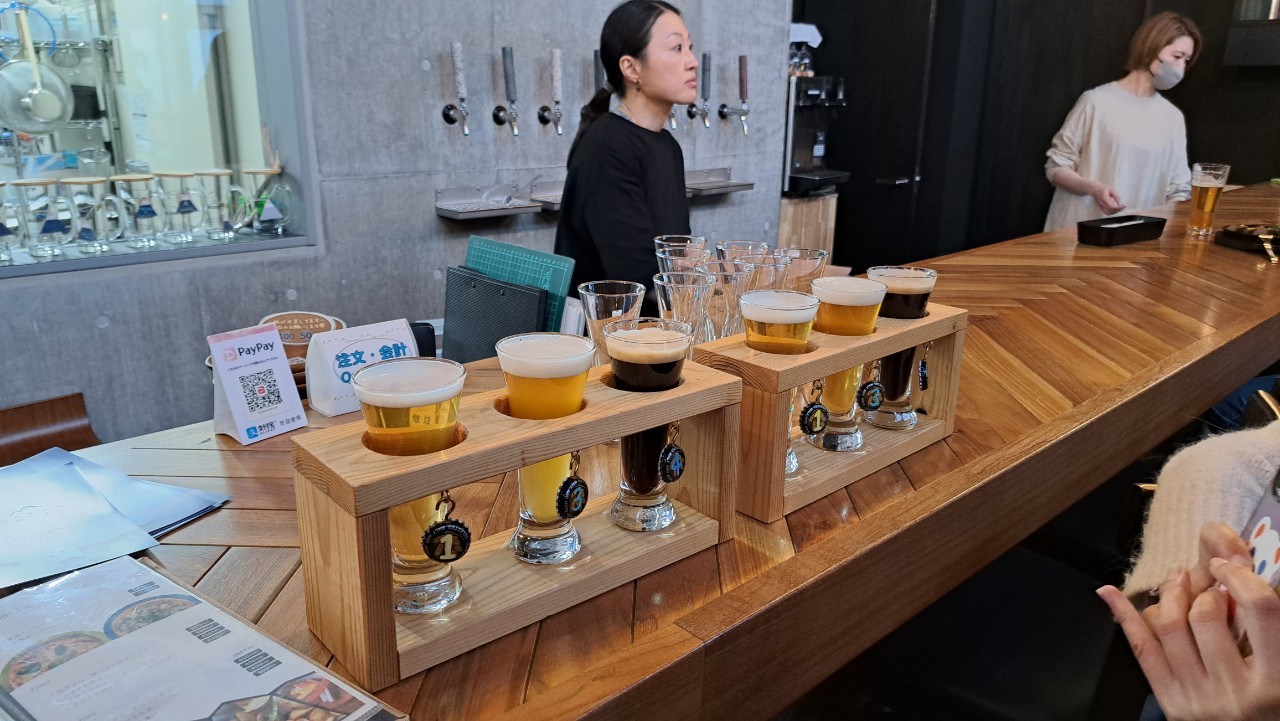
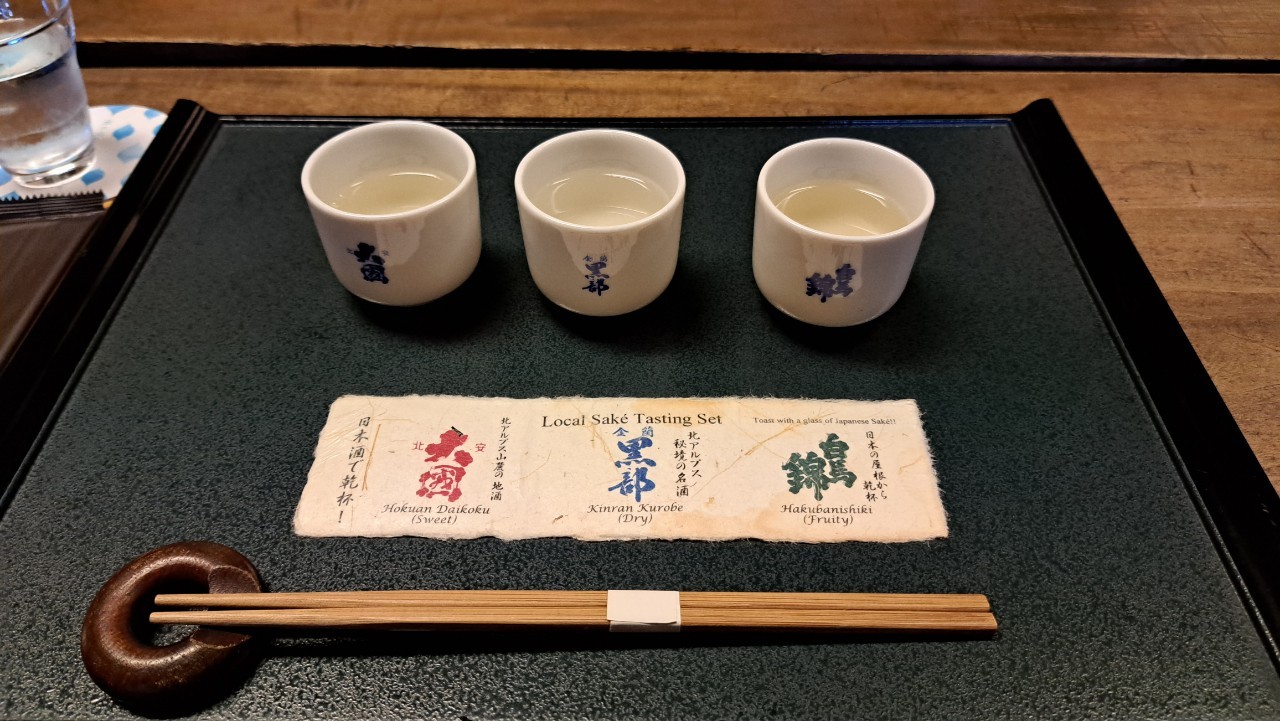
Sitting at the foot of the Northern Japan Alps, the groundwater from the mountains wells up in abundance and this water breathes life into the people and industry of Omachi. The treasures that you can find in Omachi thanks to this water supply will be discussed multiple times on this list, and how they are woven together even to the extent of the creation of local folk tales gives Omachi the moniker of the "city of water". One of these treasures is the presence of several local breweries producing sake, craft beer, wine, and hard cider, which are enhanced by the clean, crisp water from the Northern Alps. A visit to the local breweries offers a chance to sample drinks unique to this region of Japan, as well as learn about the traditional brewing processes that define Omachi's namesake.
3 / NORTHERN ALPS ART FESTIVAL / September 13th - November 14th
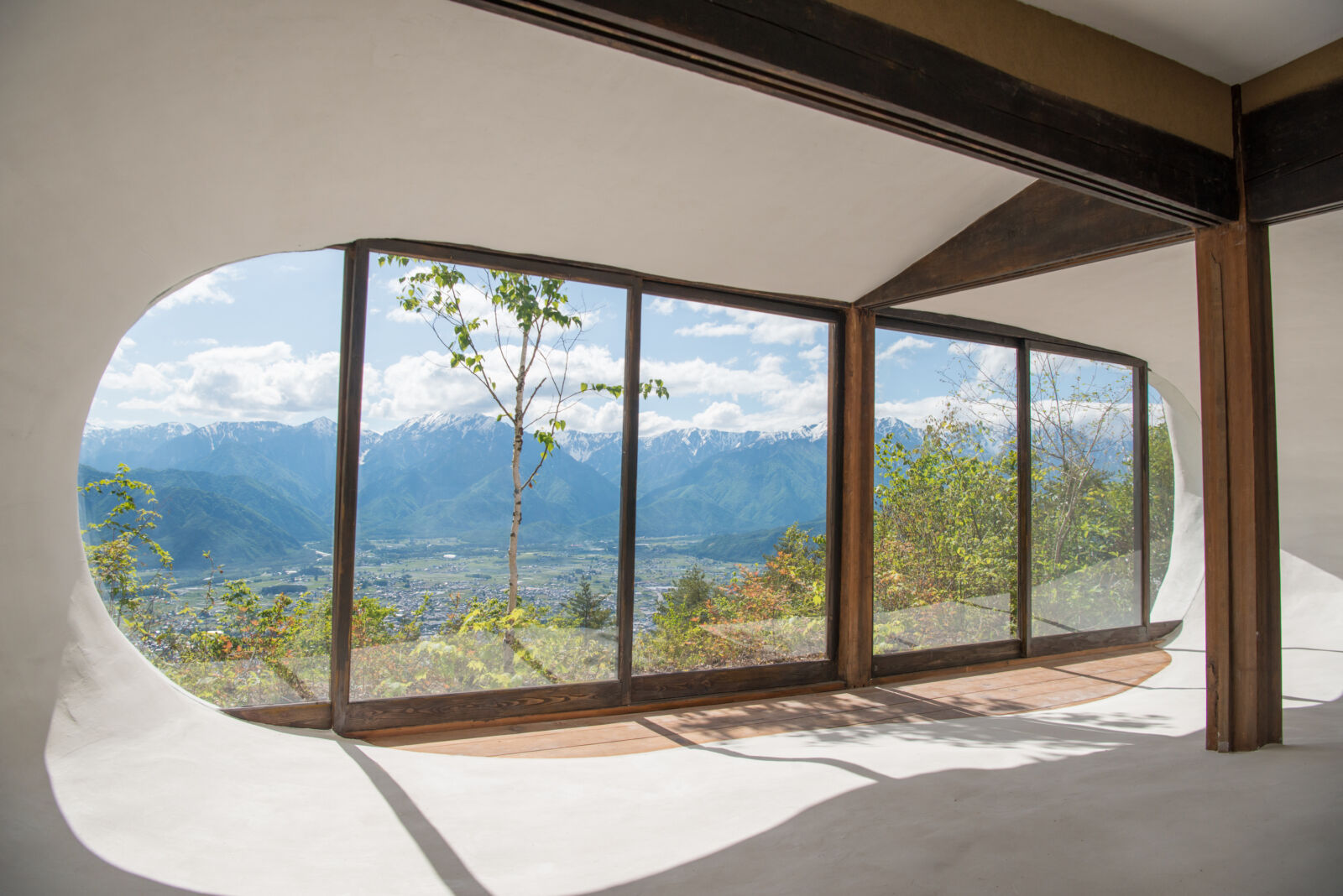
The Northern Alps Art Festival is a contemporary art festival held every three years, which transforms the 3,000-meter-high peaks of the Northern Alps into an open-air museum, with contemporary artworks set against the stunning backdrop of Omachi's natural landscapes. The 2024 theme for this festival is labeled as "Water, Trees, Earth, Sky" and ushers in the environment as a canvas of "atmosphere, transparency, and mass". This festival draws artists and visitors from around the world, providing a unique opportunity to experience art in harmony with nature as you walk through the land and across distances to experience the works of Japan's premier artists intuitively.
4 / FIREFLY WATCHING ON LAKE AOKI / Late July - Early August
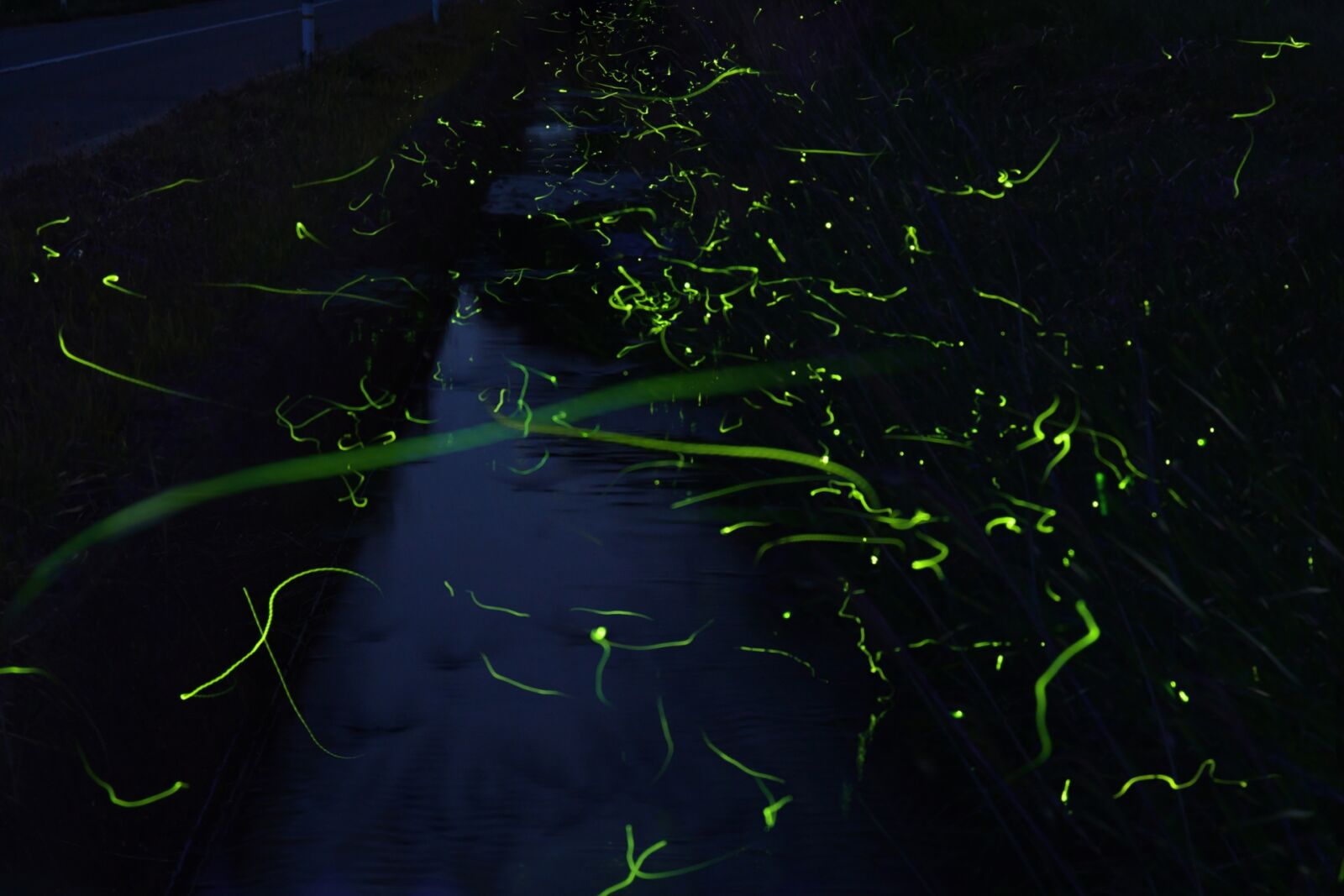
Lake Aoki is very well known for its daytime activities on the water, but becomes a magical place during the summer when fireflies light up the night. Although not well known because they are rarely seen from land, Lake Aoki is actually a treasure trove of fireflies. On a good day, a great number of fireflies dance wildly along the lakeside in the evening creating a truly incredible horizon of flickering lights. This experience, for groups between four and seven people is by reservation only, but having a chance to have a peaceful evening by the lake, marveling at the delicate glow of fireflies in their natural habitat should not be missed!
5 / TOUR TAKASE VALLEY / mid-April - November
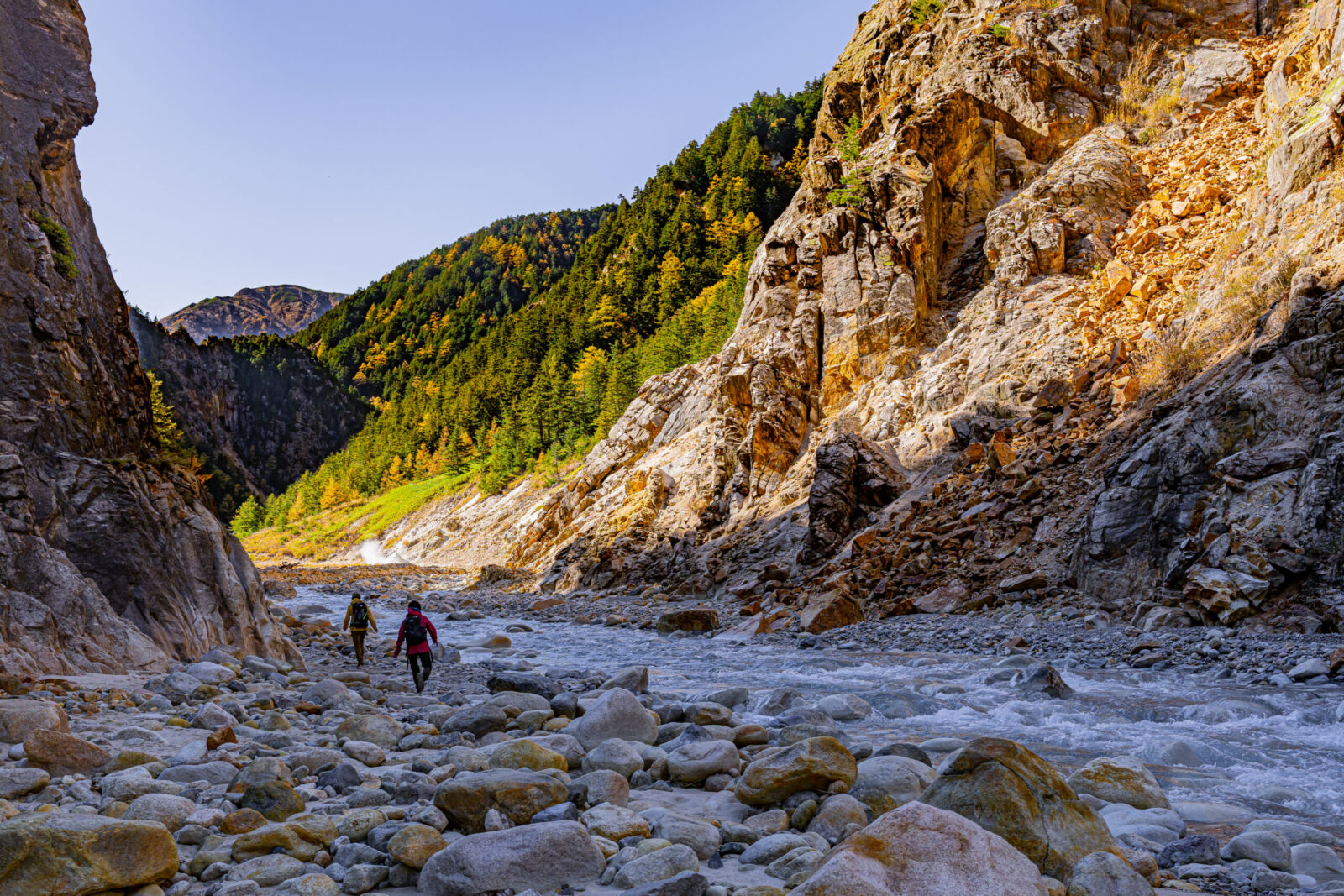
Takase Valley is a not so often traversed nature area in Nagano Prefecture featuring rugged landscapes, hot springs, and historical sites. The Takase area is known for its fall foliage, particularly highlighting the views from the Oirizawa Bridge, the Kitakuzu River, and the Takesawa Dam as some of the best around. The best viewing time for autumn colors is from mid-October to early November, but even in other times of year you can still do some refreshing treks and hikes through valley's various trail offerings, revealing breathtaking views and an opportunity to explore one of Omachi's lesser-known yet incredibly scenic areas. The geothermal activity also offers a unique chance to experience natural hot springs such as the Kuzu or Yamata Hot Springs.
6 / AZUMINO ALPS GOVERNMENT PARK / all year round
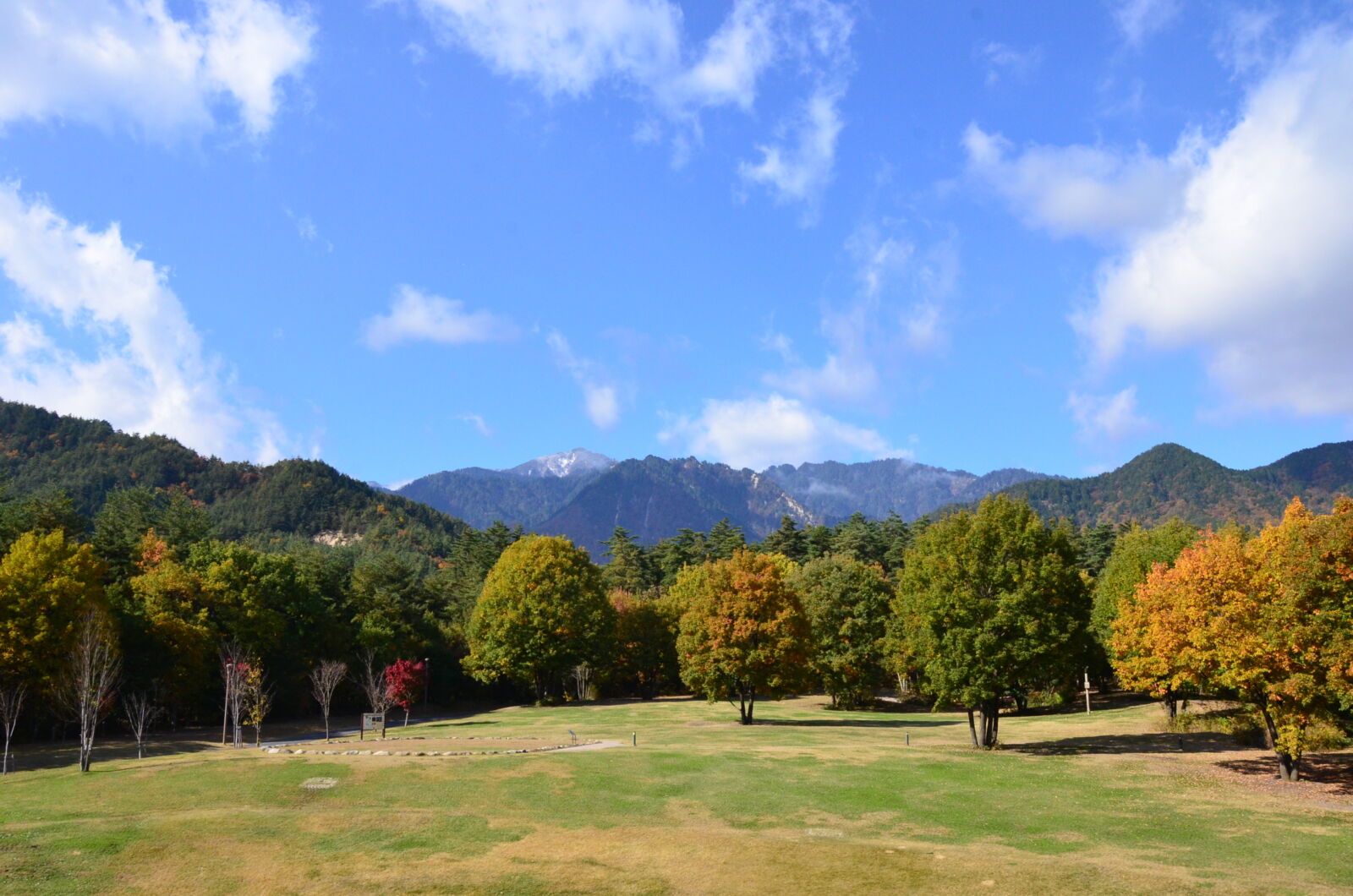
Only located a mere 15 minute ride from Shinano Omachi Station, The Alps Azumino National Government Park provides a variety of outdoor activities for visitors of all ages. With its vast gardens, play areas, and seasonal events, the park is an excellent destination for families looking to enjoy nature, learn about the local ecosystem, and participate in recreational activities. The park is divided two areas, but we will just cover the Omachi & Matsukawa region in this article, which features a sky corridor through the surrounding forest, which allows you to touch parts of trees that are usually well out of reach. This area also allows guests to participate in traditional arts and crafts like wood carving and sand arts, cooking experiences that include bread rolls and the local specialty "oyaki", along with various types of nature walks through forests and streams! They also offer some more intense experiences like ziplining, obstacle courses, and mountain biking. If you and your group are looking for a slight reprieve from a bustling vacation schedule, this park is only a short ways away.
7 / LA CASTA NATURAL HEALING GARDEN / April - November; Closed on Wednesdays
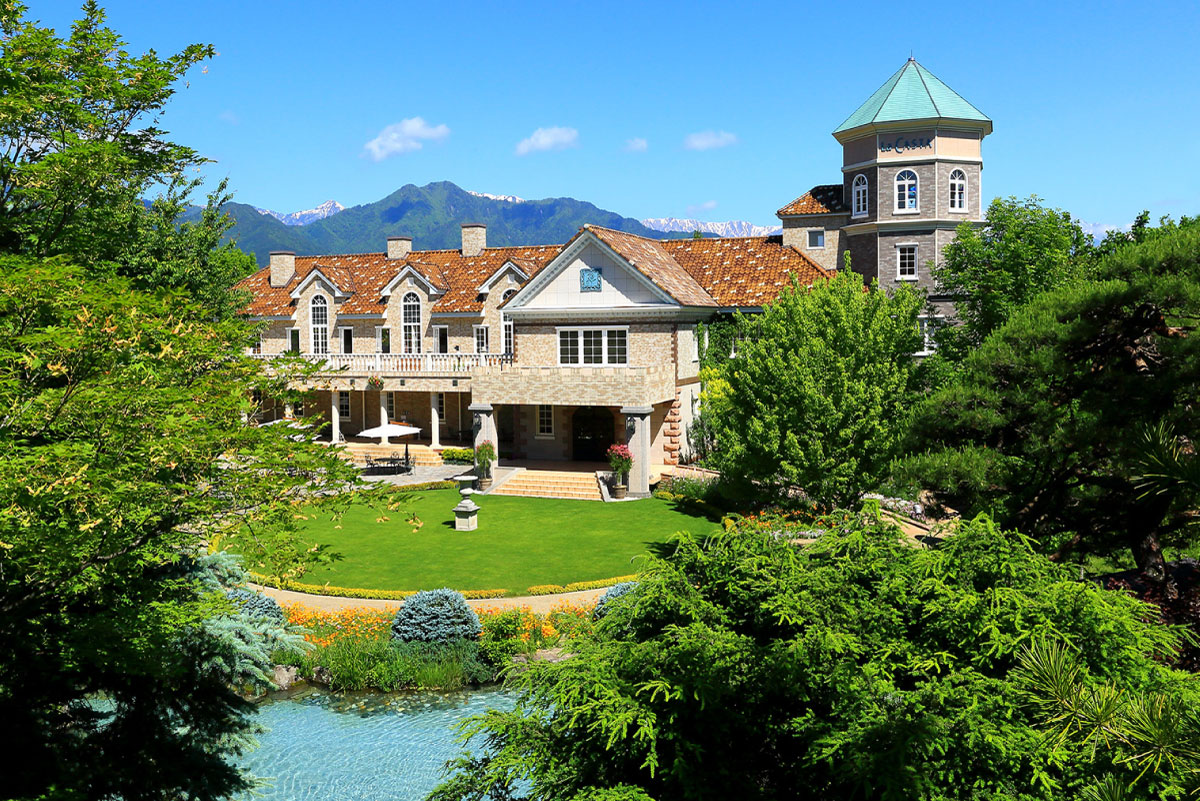
La Casta Natural Healing Garden (entry by reservation only) beckons the use of the five senses to engage with the branding of "La Casta," a hair care brand born in Omachi which has the tagline "the vitality and healing of plants" which further contributes to Omachi's namesake as a "city of water." As you walk through the park, engage with the surrounding environment in touch, sound, smell, taste, and sight. Melting snow from the Northern Alps flows through the garden, and vibrant plants add color to the surrounding landscape. This garden was created with the hope that visitors will become even more beautiful in mind and body and be a sanctuary for those seeking tranquility and rejuvenation. The garden features an array of aromatic herbs and flowers, offering therapeutic walks and relaxation amidst nature. It is made up of 10 gardens with different themes. Enjoy a relaxing time surrounded by the beautiful flowers and trees of each season and their fragrance.
8 / JIGOKUDANI SNOW MONKEY PARK / all year round
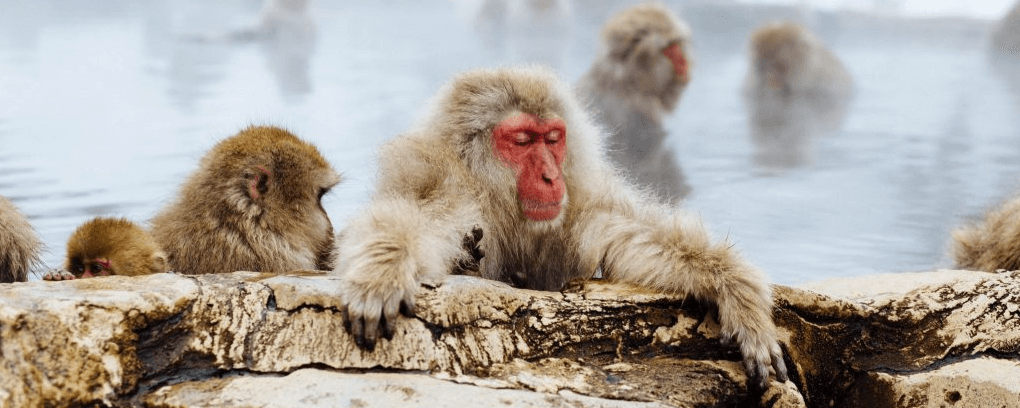
As the unofficial mascots of Nagano Prefecture, there are few things in nature more heart-warming than the site of the ever-adorable snow monkeys, soaking in their hot onsen baths to get a temporary respite from the cold winter chills. The Jigokudani Monkey Park offers the perfect opportunity for visitors to see these wonderful creatures up close and personal in their own habitat. Unlike many other nature reserves or safari parks, you can freely move amongst the monkeys and see how they go about their daily lives in this beautifully unspoiled landscape.
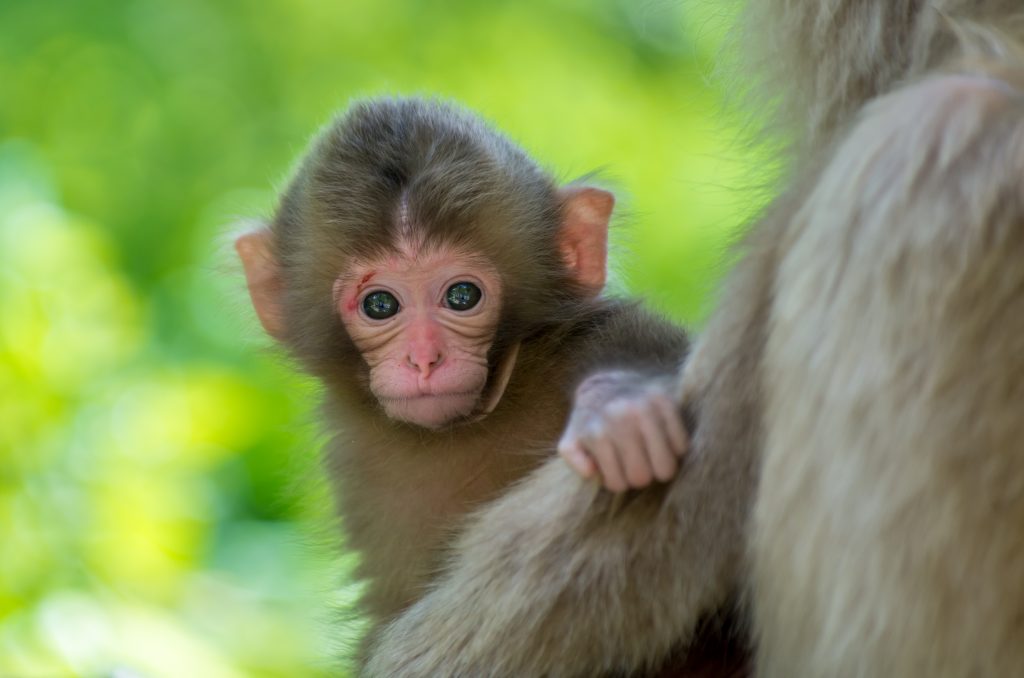
Want to visit the park on a guided tour? We offer both group and private tours all year round and can arrange a visit to the monkeys in combination with other great destinations on this list! Please inquire below for details!
9 / JIIGATAKE AND KASHIMAYARI SKI RESORTS / Late December - March
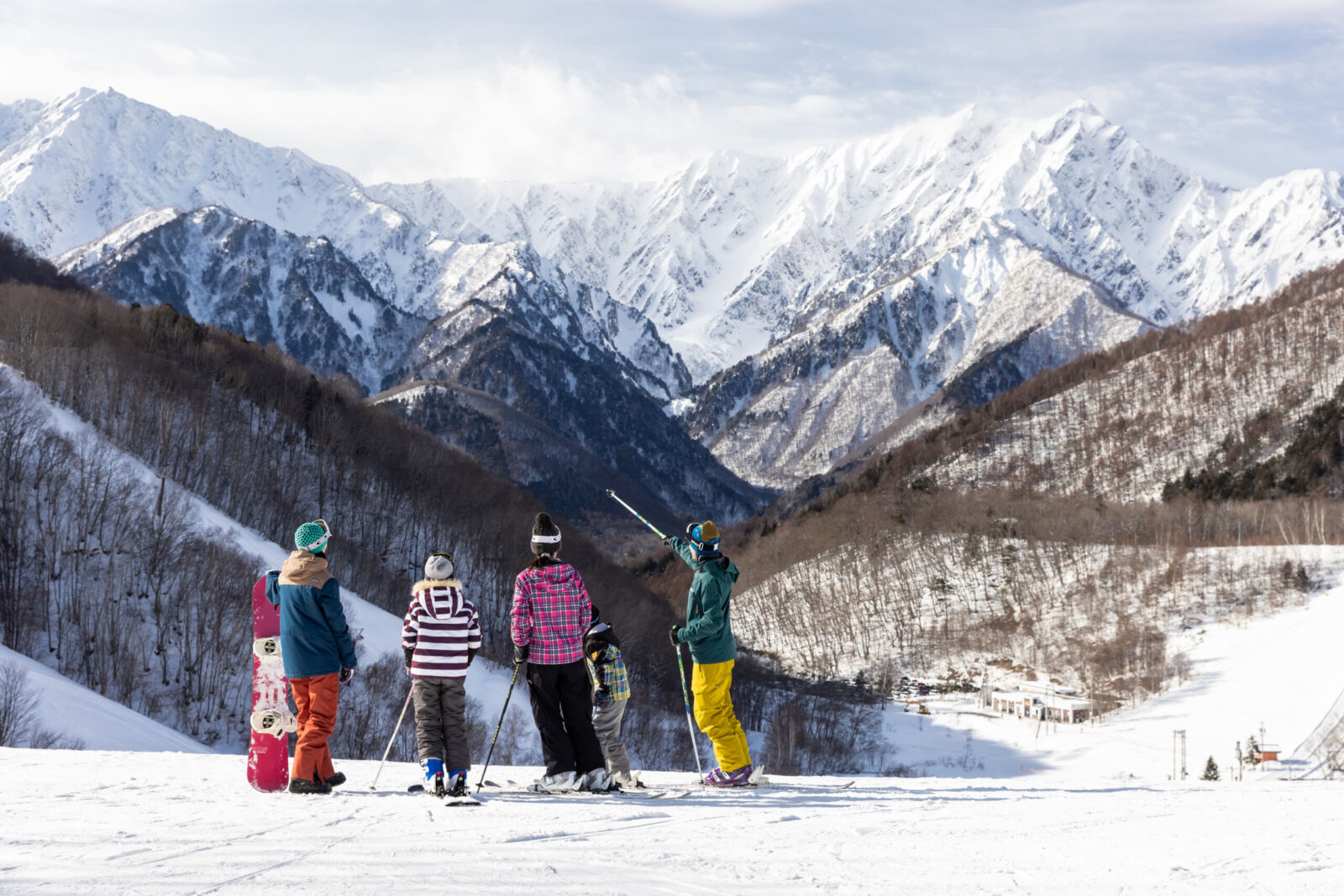
The Jiigatake and Kashimayari Ski Resorts offer excellent skiing and snowboarding opportunities with well-groomed slopes suitable for all skill levels. These resorts are ideal for families with young children who are looking to enjoy the powder snow and scenic views of the Northern Alps from Azumino while learning how to ski on uncrowded and simple slopes. Jiigatake has seven courses across four chairlifts that offer calm forest runs from the top of the mountain, breaking down as 70% beginner runs, 30% intermediate runs, with no expert runs making this resort is really a perfect playground for newbies, families, and young children who are eager to learn! Kashimayari offers a little bit more variety boasting 12 courses across five chairlifts, including 17% expert runs, including a large family snow park area. If you’re an intermediate skirt or boarder travelling alone or at the advanced level, these two options may not suit you and you’d be better-suited heading slightly further up north to Hakuba to enjoy a broader experience.
10 / REISHO-JI TEMPLE / all year round best: late October to early November

Founded over 600 years ago, Reisho-ji temple is considered to be the oldest Soto Zen temple in Nagano Prefecture. In the fall, the leaves around the temple grounds turn beautiful colors, and a rare ginkgo tree with ginkgo biloba on its leaves is located in front of the temple gate.
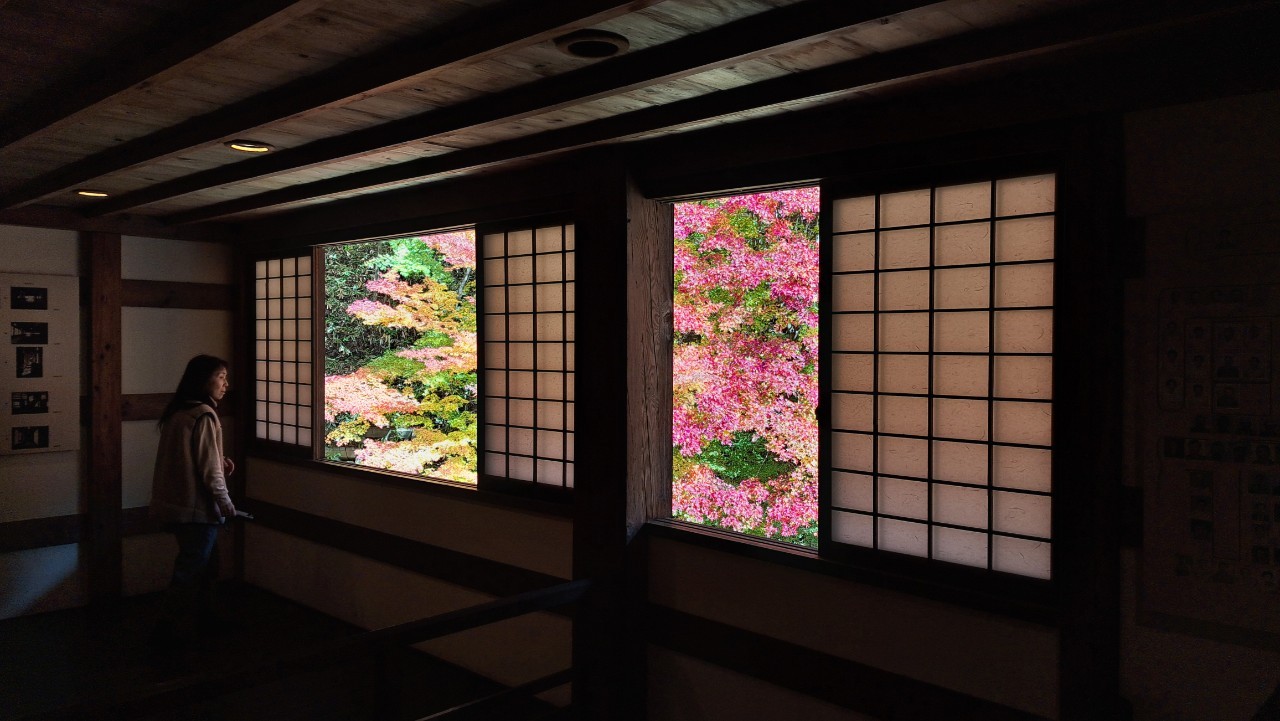
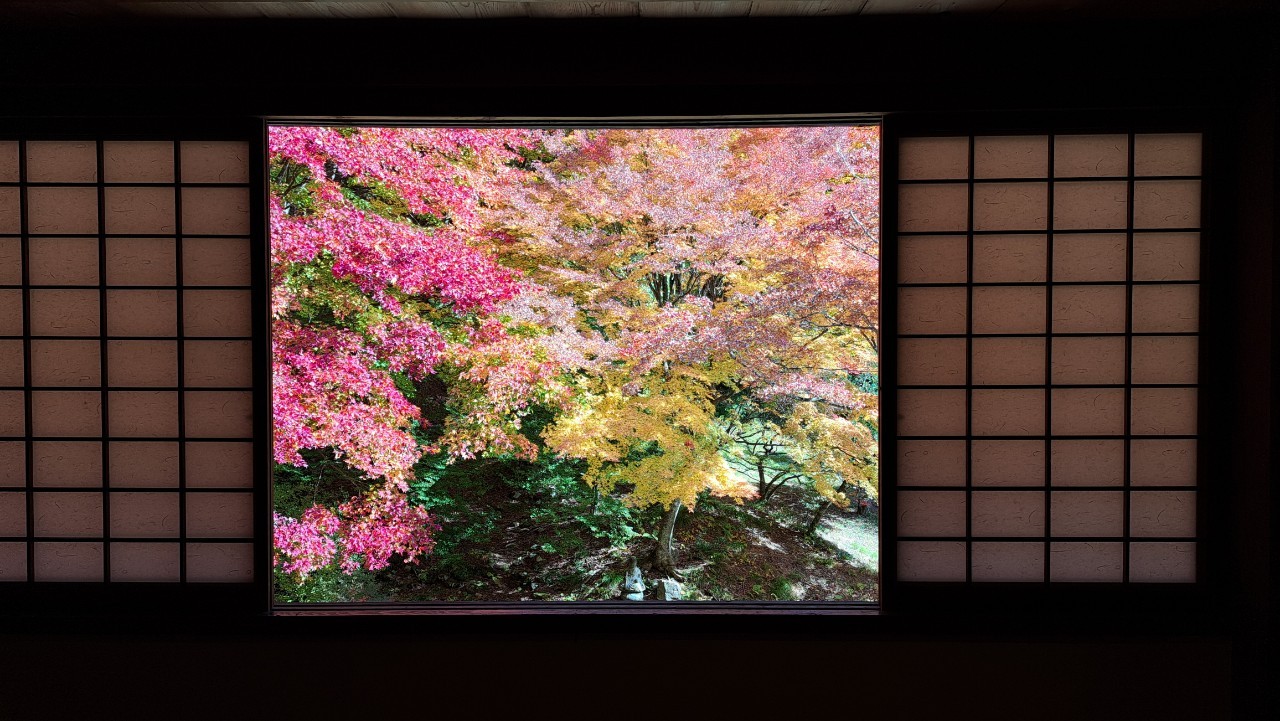
During the fall foliage period the surroundings explode with color, and the temple monks offer a rare opportunity to tour the inside of the temple walls to enjoy the exquisite woodwork present, including that of a dragon whose roar can be heard echoing through certain specific parts of the temple! The best time to view the autumn leaves is from late October to early November.
11 / MATSUMOTO CASTLE / all year round
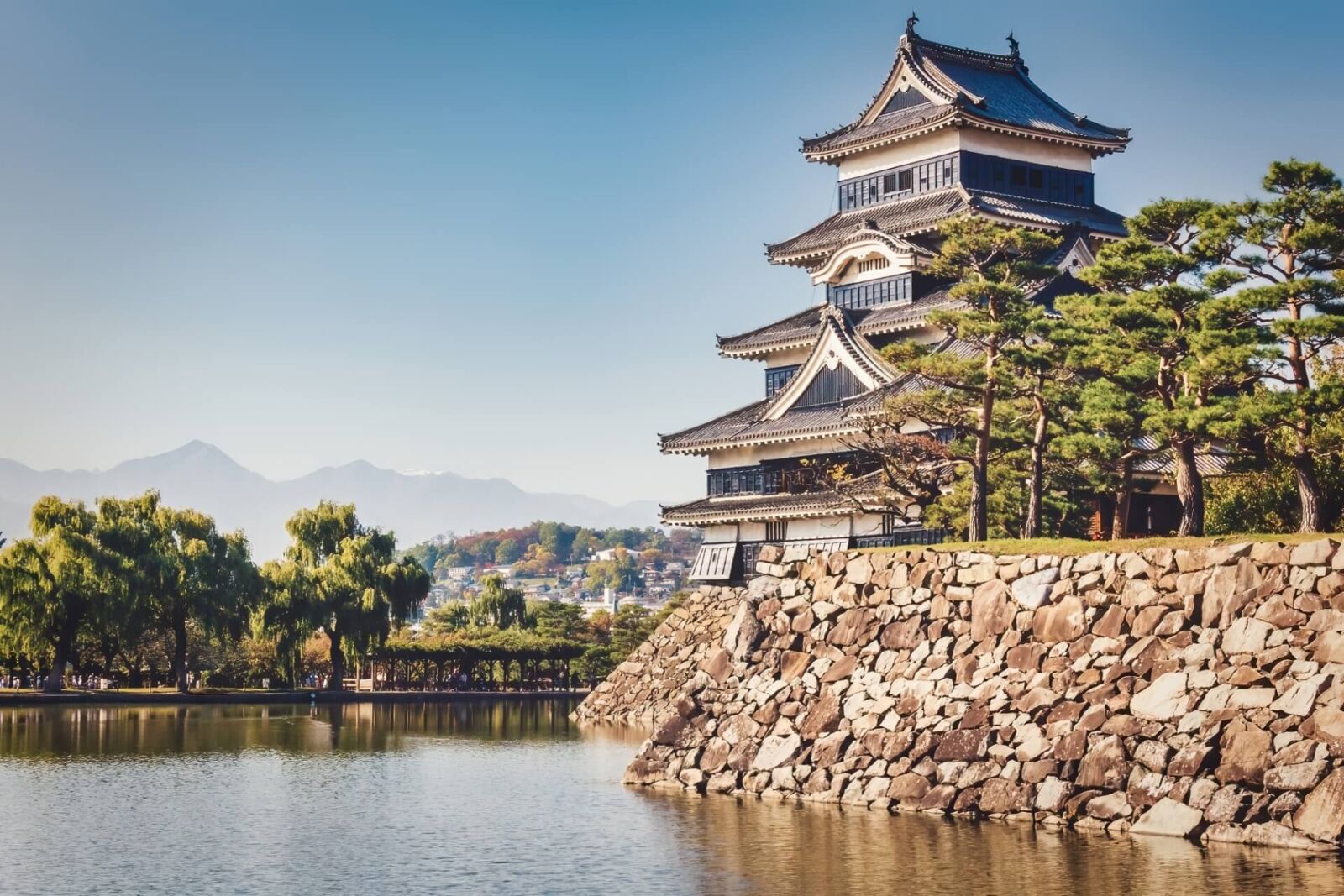
Standing around 30 meters tall, the black and white façade of Matsumoto Castle is an impressive sight. A registered National Treasure, the 5-tower, 6-story structure is the pride of this pleasant city. Fondly referred to as the ‘Karasu-jo’ or ‘Crows Castle’ due to its distinctive splayed black tiles that evoke imagery of a bird taking flight, Matsumoto Castle is one of Japan’s best preserved castles – and one of only two 6-storey castles in the country
Popular
1-Day Tour from Nagano and Matsumoto: Experience Matsumoto Castle and Narai-juku
- Spots:
- Pick-up:
- Drop-off:
12 / WATER ACTIVITIES IN THE THREE LAKES OF NISHINA / all year round
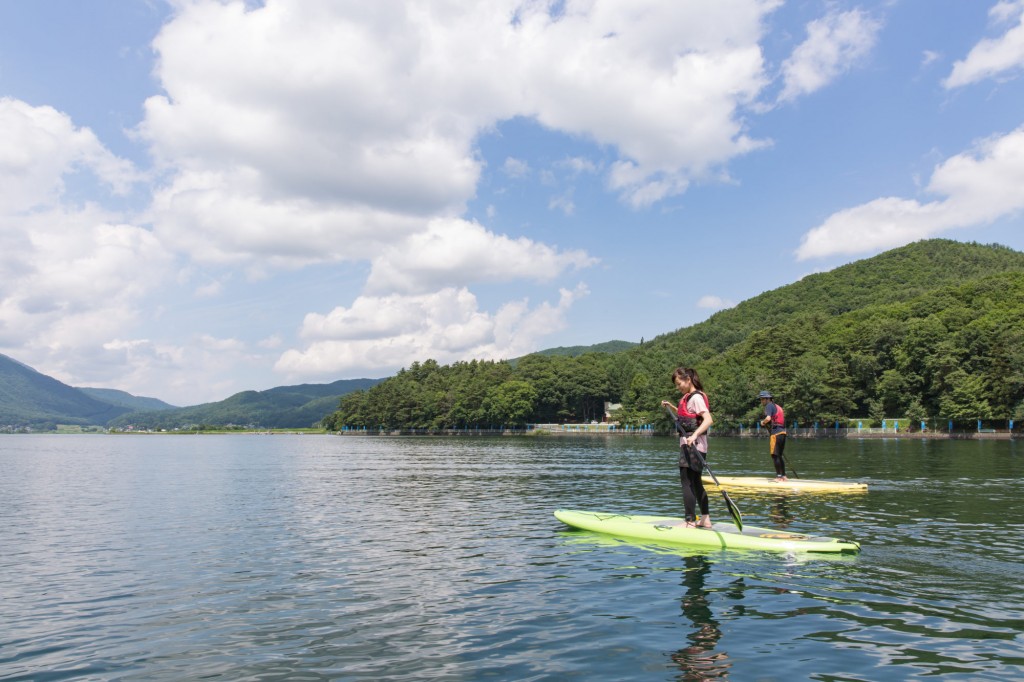
The Three Lakes of Nishina (Aokiko, Nakatsuna, and Kizaki) offer a variety of water activities throughout the year. From smelt fishing and motor boating to stand-up paddleboarding, these lakes provide endless opportunities for recreation and relaxation in a picturesque setting surrounded by mountains. The smelt (wakasagi) fishing occurs on Lake Nakatsuna and is best from late February to the end of the winter season, as you can pair smelt fishing with ice fishing on little tents on the lake paired with a meal! You can still smelt fish until October, but it would be regular fishing from a boat. Lake Kizaki offers motorboating tours for small groups around the lake, as well as other sports like wakeboarding and biscuiting. Lake Aoki offer traditional camping experiences, as well as water activities fun for the whole family, such as SUP (stand up paddling). Lake Aoki is especially known for its fall foliage, whereas Lake Kizaki has blooming water lillies in the summer for great viewing! As all three of this lakes are in such close proximity, it makes for a great day trip in any season! Find out more information about these activities at our 'The Three Lakes of Nishina' activity page
13 / TRY YOUR HAND AT "WASHI" JAPANESE PAPER MAKING / all year round
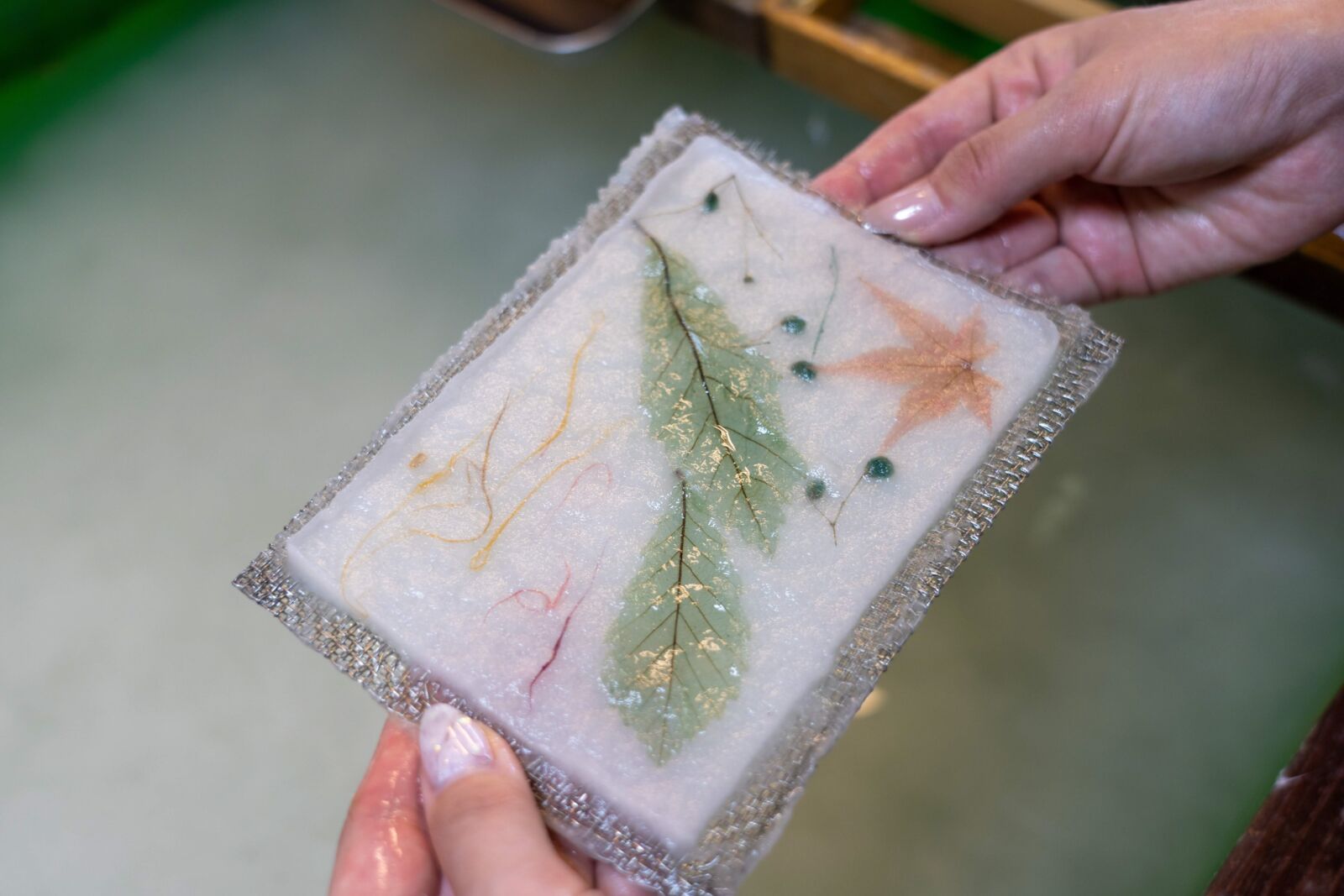
Located just a 10-minute walk from Shinano-Omachi station, Matsusaki Washi offers a unique hands-on cultural experience in the creation of "washi," Japanese paper made from the fibers of mulberry plants. These fibers are soaked in the water that Omachi is so famous for, further contributing to the town's identity as a "city of water." Visitors can learn the intricate process washi making from local experts in an introductory course using simple materials, or sign up for the full course and get access to a larger collection of crafting tools! Each of these experiences start with guidance from the instructor before you are let loose for a set time period with your materials to make as much washi as you wish. Tours of the facility where you learn all about washi creation can be done at walk-in, but the actual paper making class requires a reservation beforehand! This activity provides a unique souvenir and an appreciation for the artistry and effort involved in traditional Japanese crafts.
14 / SOAK IN THE ONSEN AT OMACHI ONSENKYO / all year round
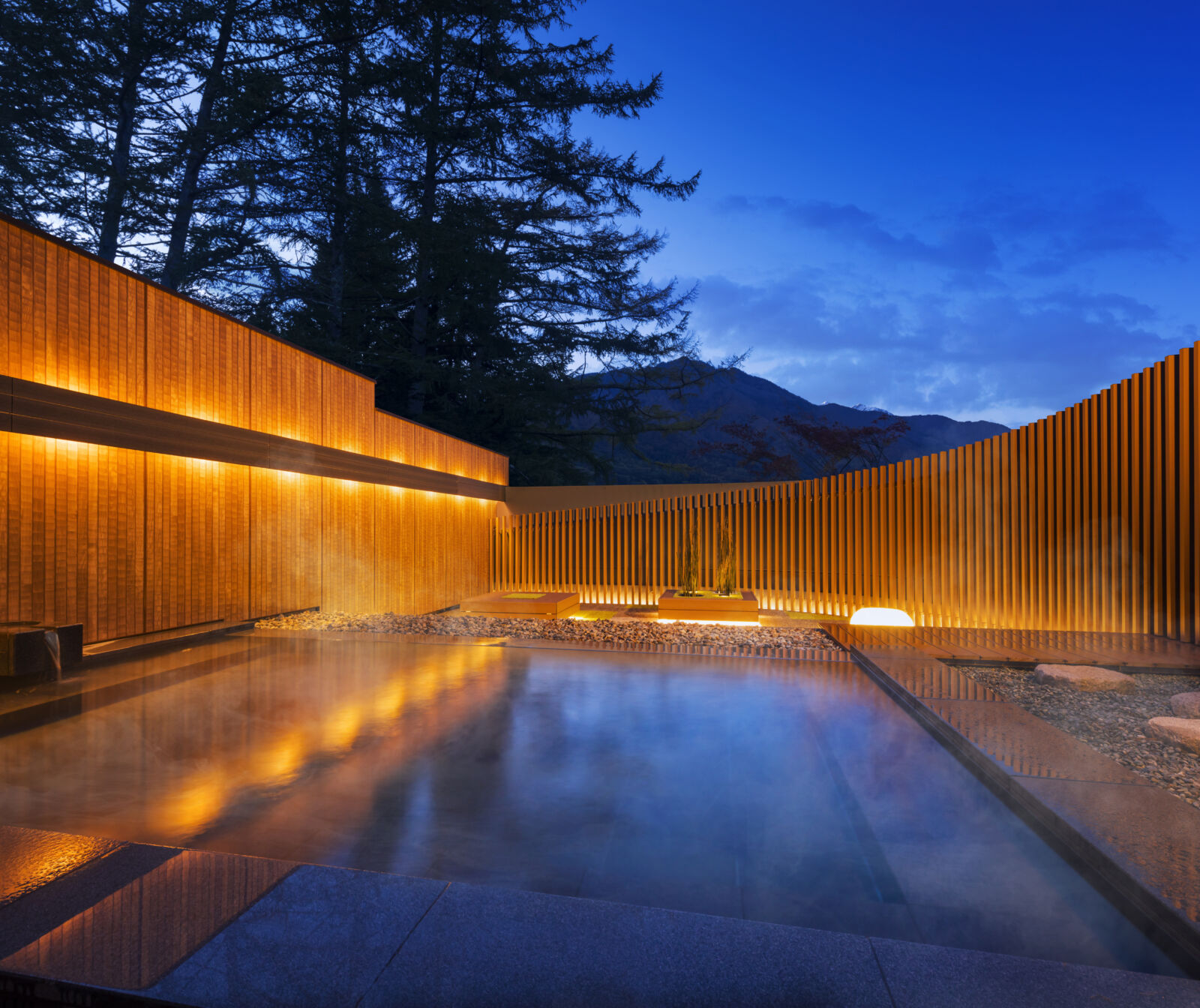
Located in western Omachi and serving as some of the closest accommodations to the aforementioned Tateyama Kurobe Alpine Route, Omachi's Onsenkyo is the perfect place to relax and rejuvenate. As a relatively new facility, the production of the famous Kurobe Dam in the 1950s sparked a staggering amount of growth in this area. The onsen boasts land area totaling 40 hectares with an impressive average of 7,000 square meters per facility, meaning you can truly appreciate the uncrowded greenery around you as you bathe the day away! The onsen's baths are all fueled by various sources throughout the Kuzu Onsen in the Takase Valley, featuring a variety of baths, including outdoor and indoor options, each offering the therapeutic benefits of natural mineral waters. Visitors can unwind while taking in the scenic views and peaceful atmosphere at this spacious onsen near the Alpine route and Hakuba Ski Resort.
15 / THE NYAKUICHI-OJI FESTIVAL / yearly in July; 2024 Festival Dates: July 27th and 28th
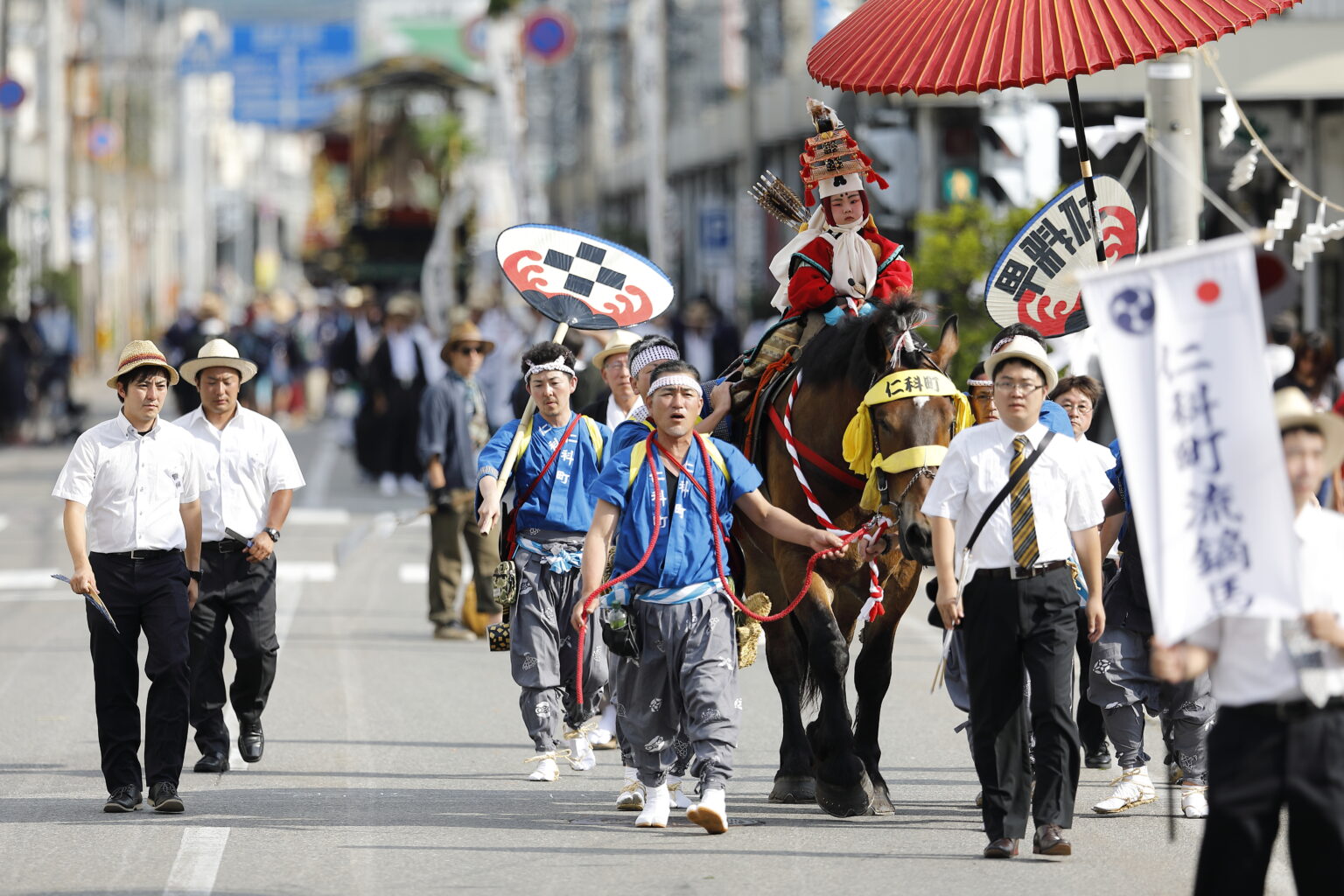
The "Nyakuichi-oji" Festival, also known as the Yabusame Festival, is one of three festivals featuring traditional horseback archery in the country, and the only one that has a children's archery event! Participants in historical attire demonstrate their skills in this ancient martial art, providing a spectacular show of precision and horsemanship. With many more events including kendo "sword" tournaments, taiko drumming, traditional dances, and shrine ceremonies, really absorb the energy of the local people in a true festival atmosphere. This festival is truly a once-in-a-lifetime opportunity if you are present during the two select days it occurs yearly in July!
16 / ENJOY LOCAL CUISINE AND ART AT WACHIGAI / all year round
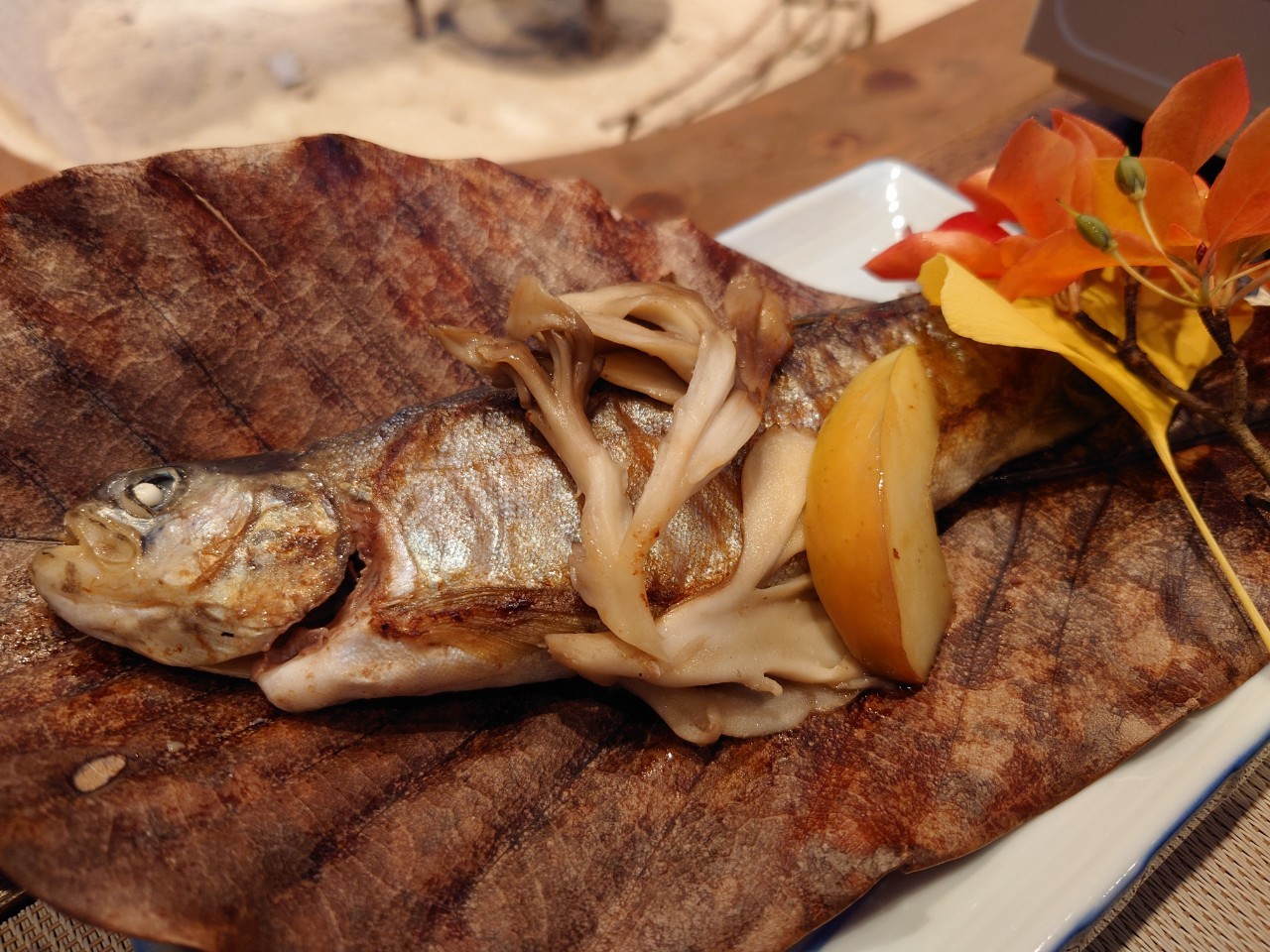
Wachi-gai, a traditional restaurant paired art museum, is a traditional Kyoto-style townhouse named after a local official of the Edo era over 150 years ago. Making use of this charming building, the first floor is a restaurant that specializes in local ingredients, and the second floor is a gallery where local artists' crafts and photography exhibitions are held throughout the season. Visitors are welcome to drop by just for the gallery to see the local artists and artisans on display.
In the restaurant on the first floor, you can taste the local flavor of Omachi, which is advertised as the taste of the four seasons. Being located right on the “Salt Road Sengoku Kaido,” which connected the mountains of Nagano to the sea of Japan and allowed for the transport salt and marine products, you can sample their signature dish, the "Salt Road Festival Gozen", which brings Omachi's past prosperity as an inn town to the present day. Also providing other dishes pair with Japanese sake, pork, and vegetables, all of these are local delicacies that you should taste when you come to Omachi. You can also try your hand at cooking with local ingredients. They also have a full café menu, so that you can spend a leisurely afternoon appreciating the local cuisine.
17 / SHIKI THEATRE COMPANY KEITA ASARI MEMORIAL MUSEUM / CLOSED ON WEDNESDAYS

Located around a 25 minute bus ride from Shinano-Omachi Station (Ogizawa Line), the Shiki Theatre Company Keita Asari Memorial Museum honors the legacy of one of Japan's most influential theatre directors. Keita Asari wished to revolutionize theater in the country of Japan and the world, and has grown to be one of the most influential drama troupes the country has produced, performing traditional Japanese stage plays, musicals (even those of western origin), and theater productions to millions across their seven theaters in Japan. Recently reopened after a renovation in 2023, the museum showcases memorabilia, scripts, and exhibits related to Keita Asari's work and the Shiki Theatre Company, offering insight into the history and development of Japanese theatre. Although live performances are rare at this specialty museum, it is still worth a visit for those who have a special interest in theater history!
18 / MAKE SHINSHU MISO AT MARUKOME MIASA WAREHOUSE / all year round - CLOSED MONDAYS
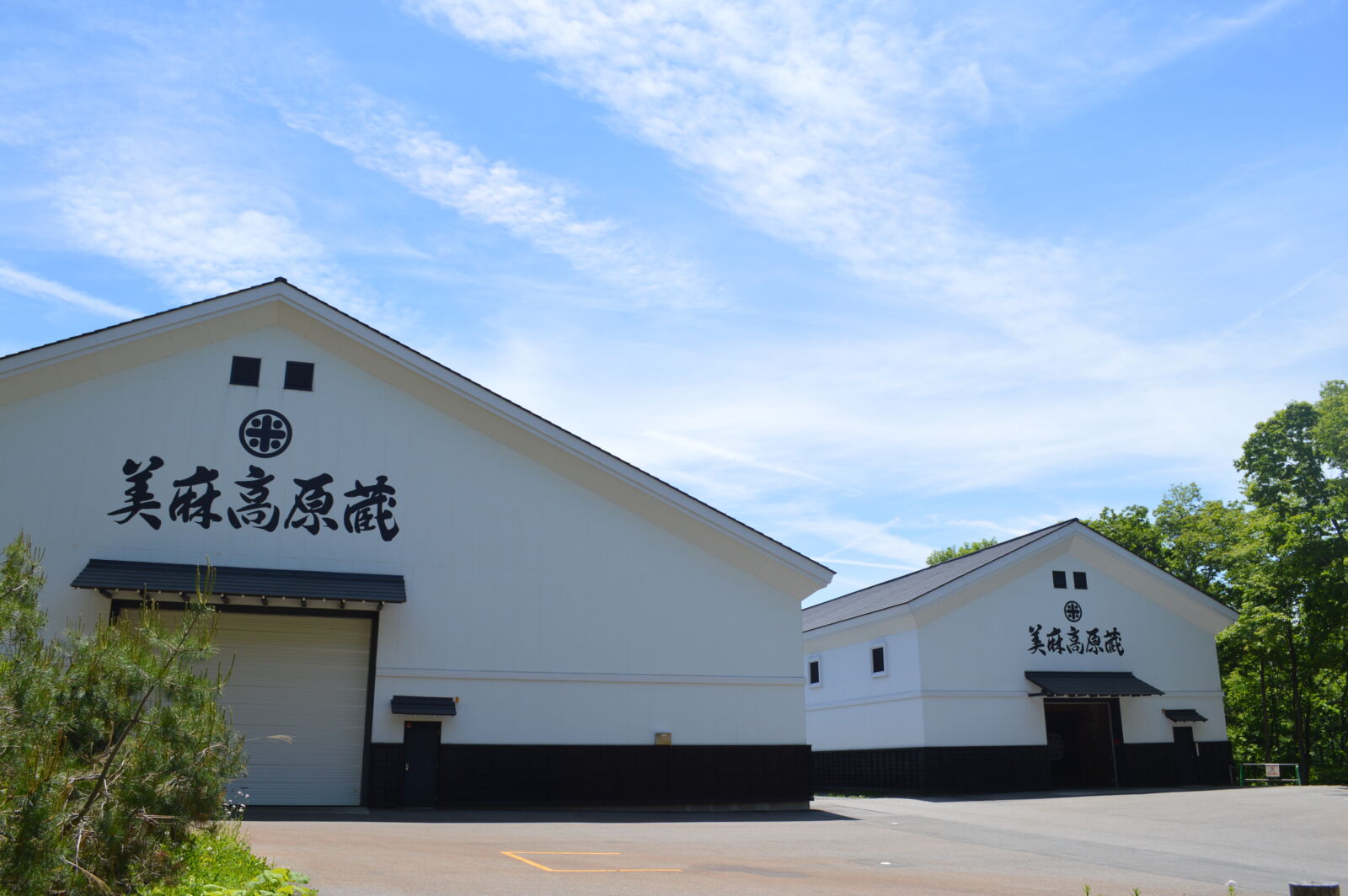
Miso, being made from fermented soybeans, is an inseparable part of Nagano's food culture, even to the point where Shinshu (the historical provincial name of Nagano) Miso can be found in Asian markets around the world. The Marukome Miasa Highland Fermentation Warehouse sits at a cool 1,000 meters above sea level where it is on average 5 degrees cooler, where miso production can be performed with great efficiency and effectiveness. Miso at the warehouse is aged in their characteristic cedar "neba" barrels, giving the miso a unique flavor. The warehouse has an open floor plan with many instructional aids to learn about miso production, and invites participation in their 45-minute miso making class, which can be paired with a miso-tasting class to understand firsthand the best and most unexpected items to eat with this unique seasoning. Reservations can only be made from 60 days from the desired date, with the reservations being made no later than a week from the due date. We recommend this location to gain enjoying the satisfaction of making miso from scratch.
19 / E-BIKE THROUGH THE COUNTRY ROADS OF OMACHI / April - November
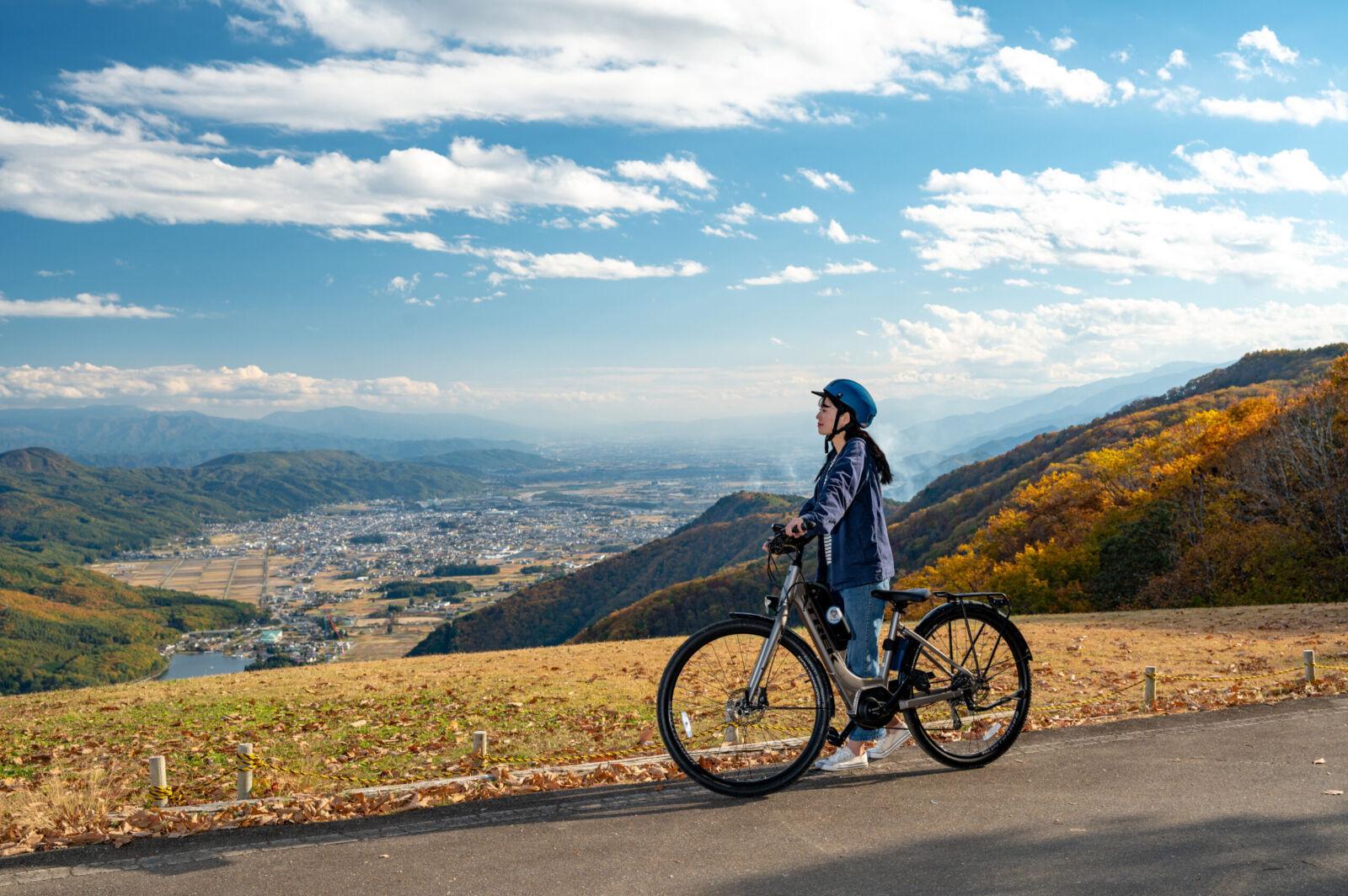
E-biking is becoming more and more popular as a way to truly get the local's view of the land while journeying in Japan. Being able to rent an E-bike right from Shinano-Omachi Station, exploring Omachi by e-bike allows visitors to enjoy the scenic landscapes around the area at their own pace. E-bike rentals offer an eco-friendly and convenient way to navigate the area's picturesque routes and hit key areas of interest mentioned at other points in this list, with three new recommended cycling courses highlighting the best views and attractions by the Omachi Tourism Association. One route has you cycle west through the nature-rich Takase Valley to visit Omachi Dam and Nanakura Dam. This route is attractive for its dynamic scenery that is unique to Omachi City. Another route goes northward to visit the three Nishina Lakes, which would be greatly paired with the activities at lakes featured earlier in this list. The last route is a round around the town to the south, while hitting the Omachi Matsukawa area of the National Alps Azumino Park, the Suntory Shinano no Mori Mineral Water Factory, La Casta Natural Healing Garden, the national treasure Nishina Shinmei Shrine, and the Salt Road. This activity is perfect for those looking to combine adventure with the beauty of nature, and is best paired with another activity!
20 / DAIO WASABI FARM / all year round
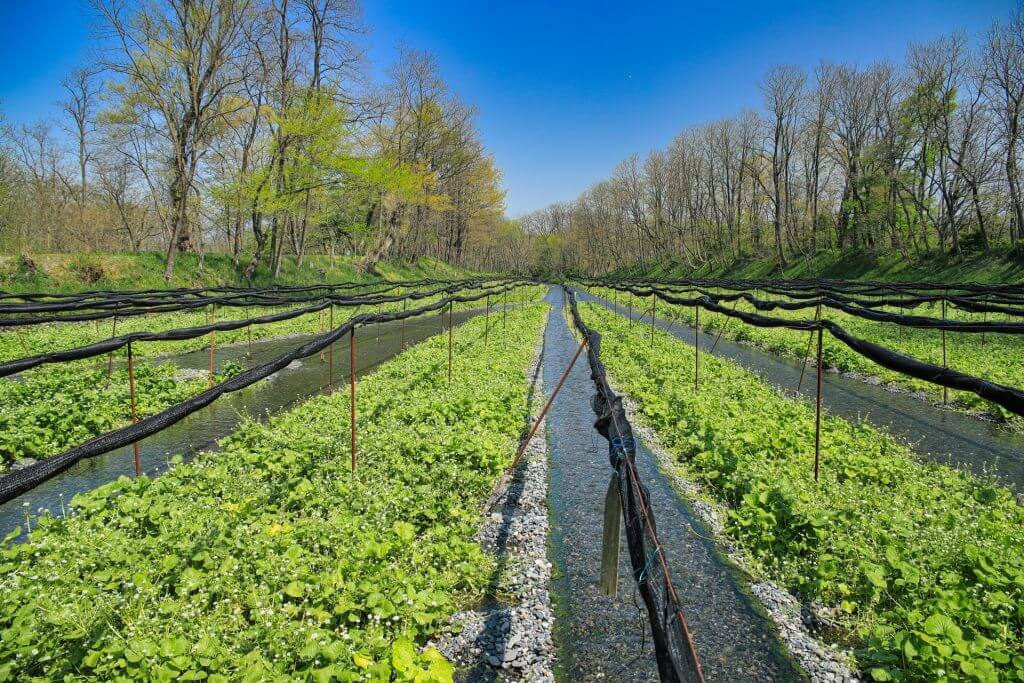
Heading south of the city of Omachi, visitors can explore Azumino's Daio Wasabi Farm - one of Japan's largest producer of wasabi and in itself, a beautiful destination well-worth visiting due to its local folk tale and down-to-earth construction origins which can be learned about in the recently opened museum area of the farm. Known in the West for its nasal-clearing heat, real wasabi is a much more subtle and highly versatile taste than many people realize, and be paired with many foods to enhance the taste profile. Wasabi plants can actually used in their entirety from the roots, which create the iconic spice, to the leaves and stem which are used for tempura. The plants are actually quite delicate, so you will see them covered by cheesecloth in the summer to protect them from the intense summer heat. Wasabi requires large amounts of clear water to grow and the streams and pools that actively flow across the farm create a picturesque and idyllic setting in which to wander and enjoy this local delight.
BEST PLACES TO STAY WHEN VISITING OMACHI
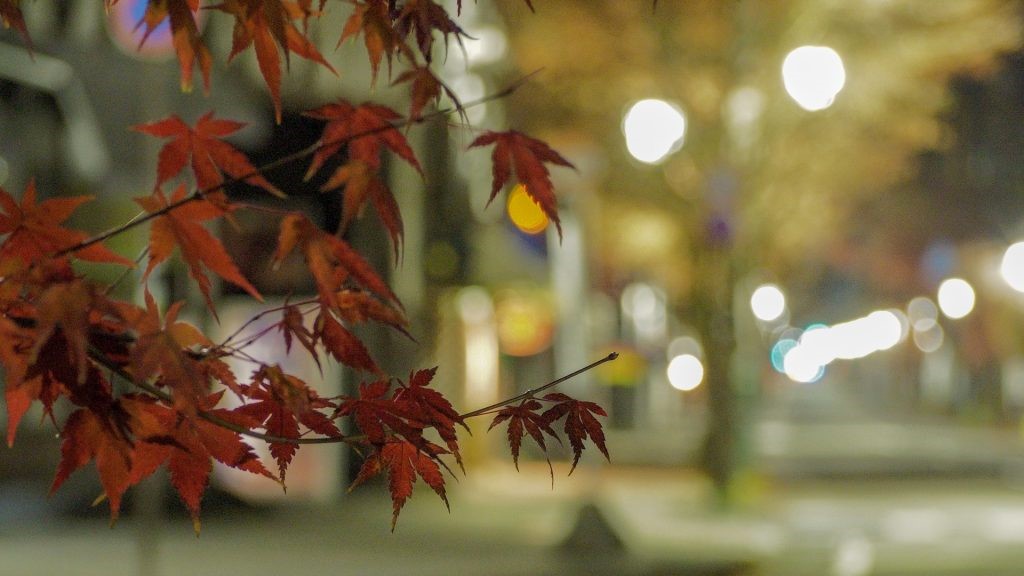
Omachi boasts an excellent range of accommodation options including many western-style hotels, Japanese-style "ryokan" guesthouses, as well as private onsen attached Japanese-style accommodations at the Omachi Onsenkyo. If you are visiting the Tateyama Kurobe Alpine Route, or any of the other destinations listed above, both options near Shinano-Omachi Station and the Omachi Onsenkyo are great places to rest, as the public express buses service both of these areas. For more information including accommodation listings, see our 'Best Places to Stay in Omachi' page.
HOW TO GET TO OMACHI
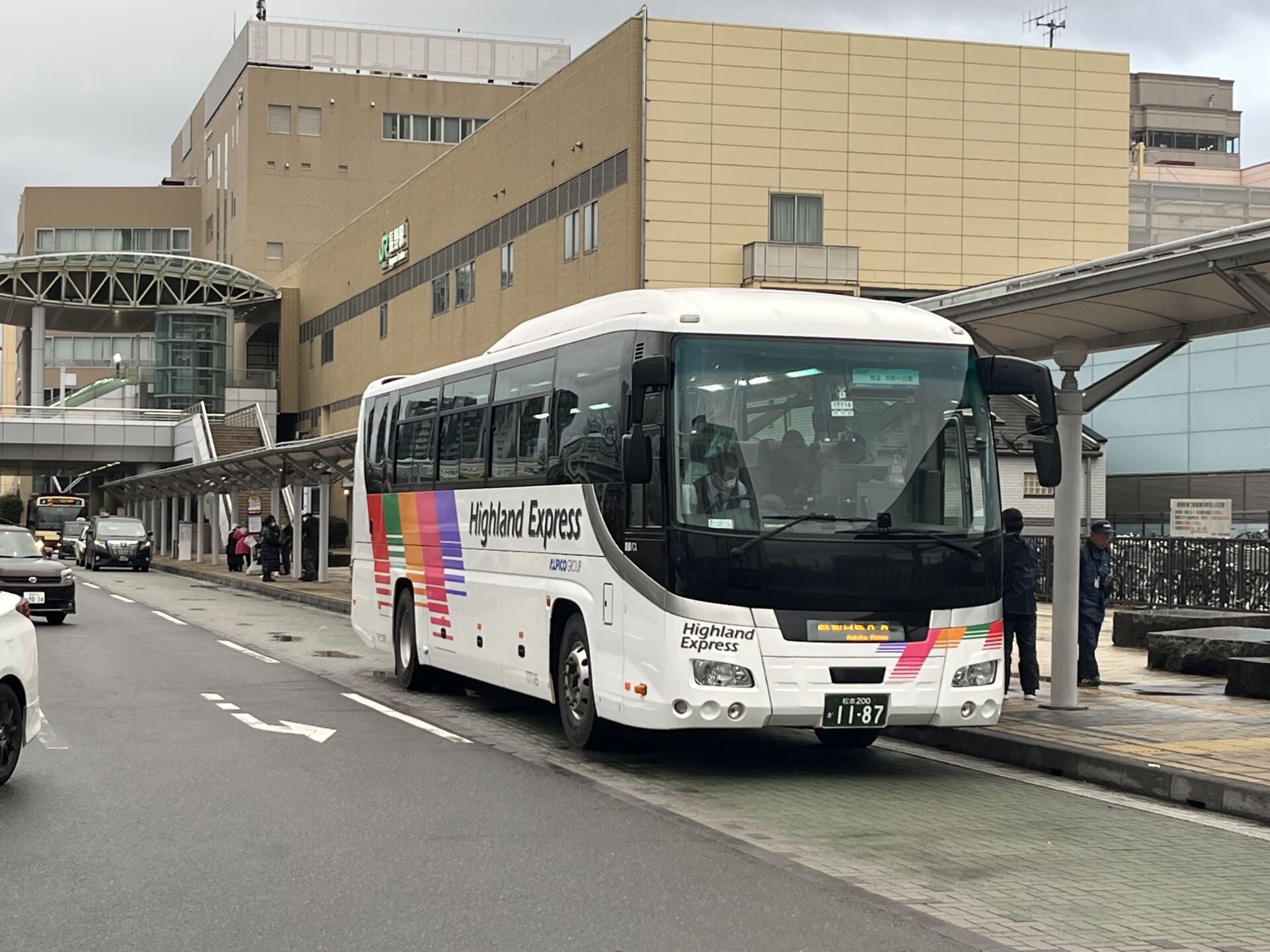
As there is no Shinkansen line directly running from Tokyo to Omachi, the town is best reached from Tokyo by taking the Hokuriku Shinkansen line to Nagano City and then taking the many easy to access public buses. To make it from the south from Nagoya only requires trains, but does require a transfer. Our 'How To Get To Omachi' page explains how to make the journey from many other popular starting points in greater detail.
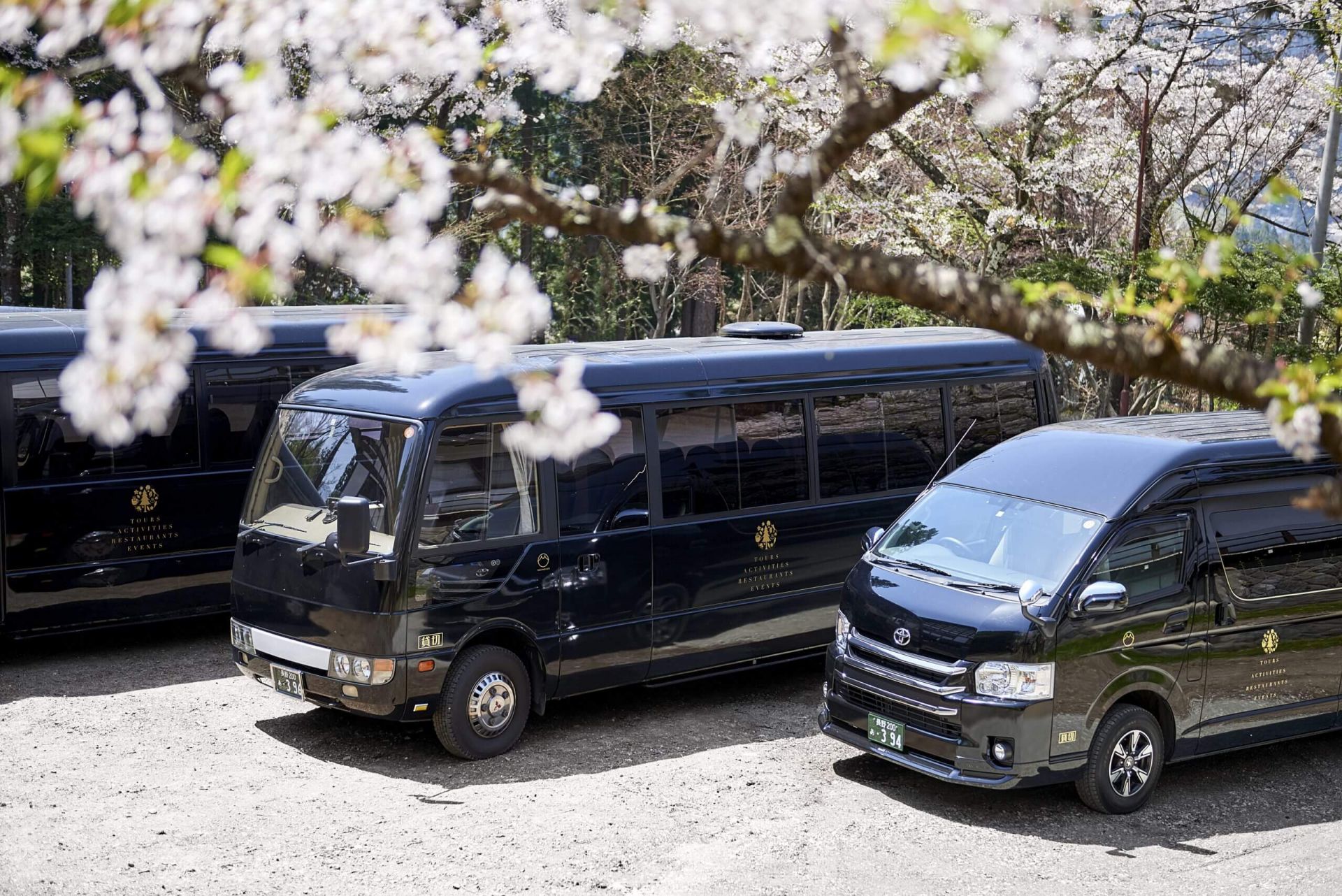
why not hire one of our private charter vehicles for the day? With well trained and polite drivers, we will bring you where you want to go from the Omachi area, door-to-door. For more information on pricing and availability, please click HERE.














